Basic Training Drills for Concealed Carriers
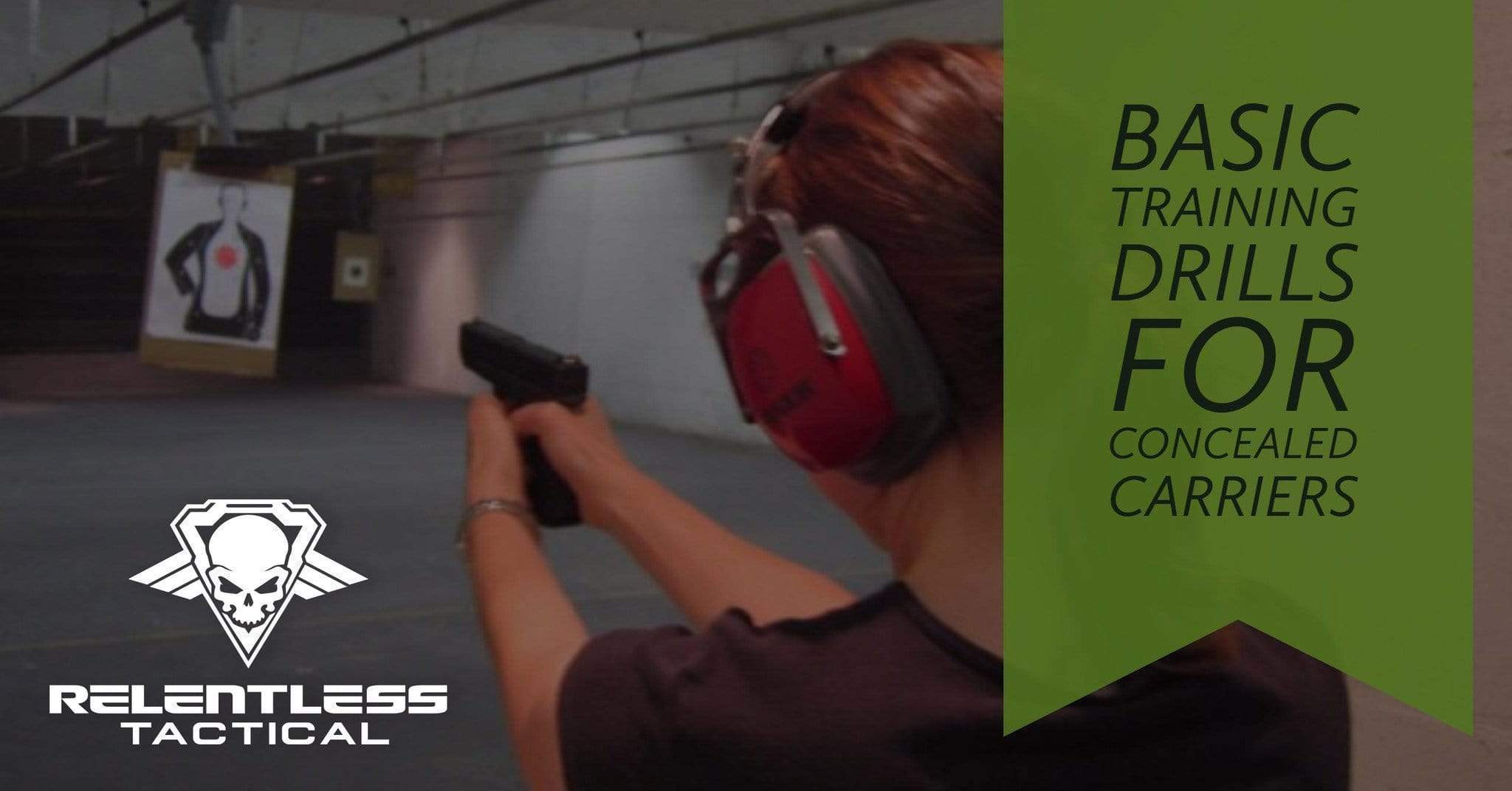
Basic Training Drills for Concealed Carriers
As a concealed carrier you owe it to yourself and the potential people around you to be a skilled and competent shooter. The big question is what do you do to become a better shooter? There is only so much you can do with simple target practice. What can improve your performance behind a gun is some basic drills for concealed carriers.
The three following drills are quite basic and are suitable for beginners. If you ever feel a training drill is too difficult do not pursue it without proper instruction. Always follow the four firearms safety rules.
Dot Torture
Dot torture is one of the best drills for beginners. It works a variety of skills and only requires fifty rounds of ammunition. The drill can be modified to be done at the most boring and rule restrictive square ranges. It was designed by David Blinder.
Dot torture uses a simple target that can be printed at home and found here:
 Each of the dots corresponds to a specific skill to be worked. The dots are two inches wide and can be a challenge to hit. The instructions are simple and written on the target just in case you forget. Dot torture works basic marksmanship fundamentals, drawing, reloading, and transitioning from target to target.
Each of the dots corresponds to a specific skill to be worked. The dots are two inches wide and can be a challenge to hit. The instructions are simple and written on the target just in case you forget. Dot torture works basic marksmanship fundamentals, drawing, reloading, and transitioning from target to target.
At some ranges, quick draws are not allowed. You can modify the drill to shoot from the low ready. When I shot the drill I scored a 47 out of 50 and I was capable of diagnosing several weaknesses. I shoot a DA/SA gun and saw I really need to work on my double action trigger pull.
Once you master dot torture you can add a timer or increase your range to make it a little harder.

Failure to stop Drill
This is a drill made famous by Tom Cruise in the movie Collateral. A failure to stop drill can be done to a single target or two targets. A failure to stop drill is also known as a Mozambique drill.
You’ll need one or two targets with defined heads and chests.

Set them beside each other at an interval of your choice. A failure to stop drills consists of three shots per target. The goal in this maneuver is to strike vital portions of the target multiple times. This drill is designed to stop a charging attacker at close range.
Using a Single Target:
On a single target, you draw (or start from the low ready) and shoot two rounds into the chest, and follow up with a single round to the head of a target.
Using Two Targets:
With two targets you’ll start by drawing or from the low ready, and engage the first target with two rounds to the chest, transition to the other target and put two rounds into its chest. On the second target take a head shot and transition to the first target and take the second head shot.
Make it harder:
This drill is slightly more advanced, but still easy to do. You can always make it harder by using a timer or you can place a reload in the middle of the drill.
El Presidente
The El Presidente drill was founded by legendary firearms trainer Jeff Cooper. It consists of three targets, and works basic marksmanship, speed shooting, accuracy, drawing, reloading, and transitioning.
The traditional drill is three targets placed 3 yards apart with the shooter 10 yards away from them. Targets are preferably man sized targets with a designated vital zone. The shots should land in the vital zone
The drill has been edited quite a bit since the 1970s. Most shooters now place the targets one yard or three feet apart. This includes USPSA, an international shooting competition. This greatly reduces the space needed to run the drill.
The shooter starts with their weapon holstered. You will need a total of twelve rounds and two magazines or a speed loader. One magazine is in the in the weapon and the other in on the belt. The shooter faces away from the target, on the buzzer, the shooter draws and fires two shots per target. The shooter then reloads and fires two shots in each target again.
A passing score is 12 shots in the vital zone in ten seconds. This is a difficult drill and shooters should practice with an empty weapon and dry fire it a few times. This will ensure they fully understand the drill and increase safety.
If you do master this drill add another reload, or shoot the drill one handed. You can also transition between shooting positions or make the targets smaller.
If you feel unsafe, or not skilled enough to pass the drill try the vice president drill. You now face the targets instead of facing away from the targets.
These are my favorite drills and I feel they represent a broad variety of skill differences. They are challenging, but also safe, and can be done at most public ranges.

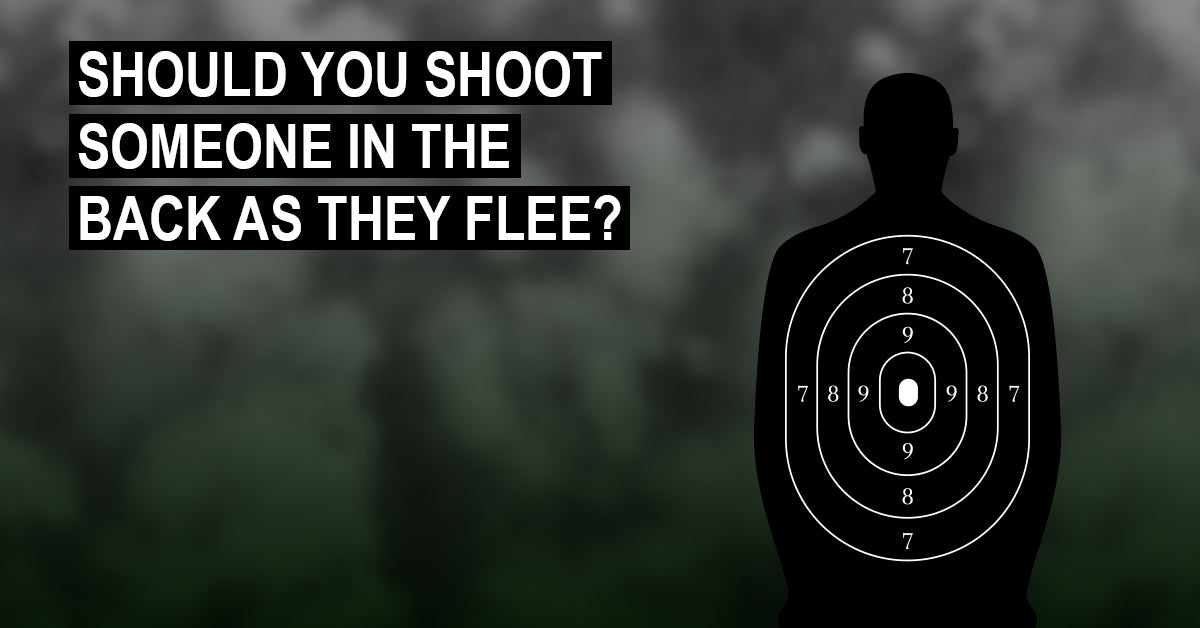
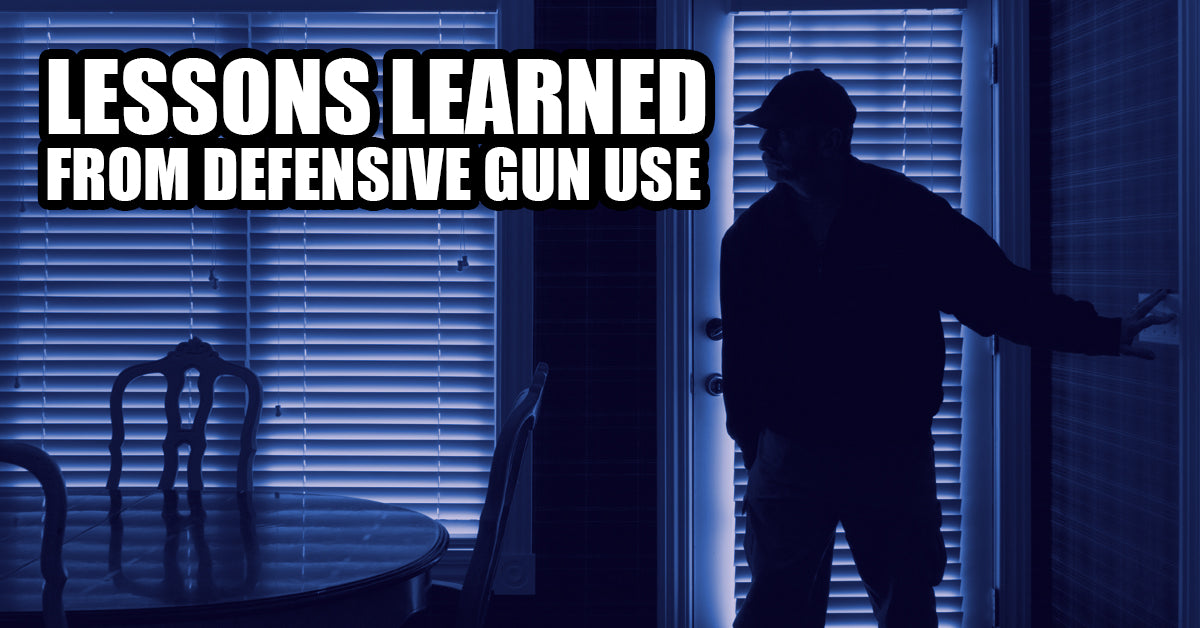

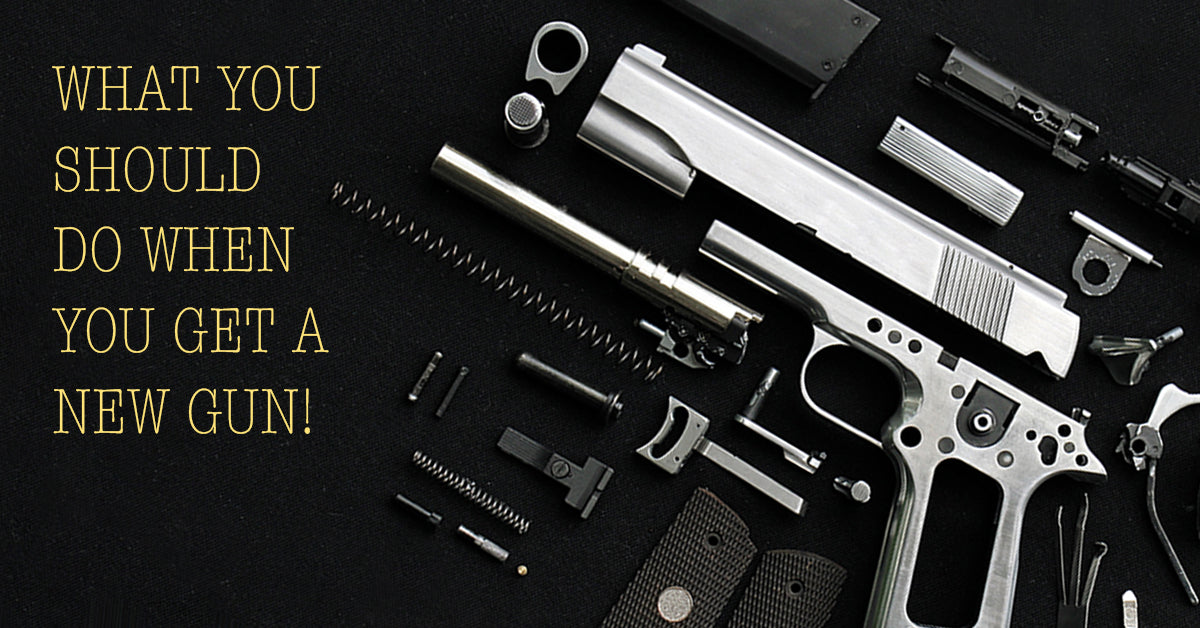
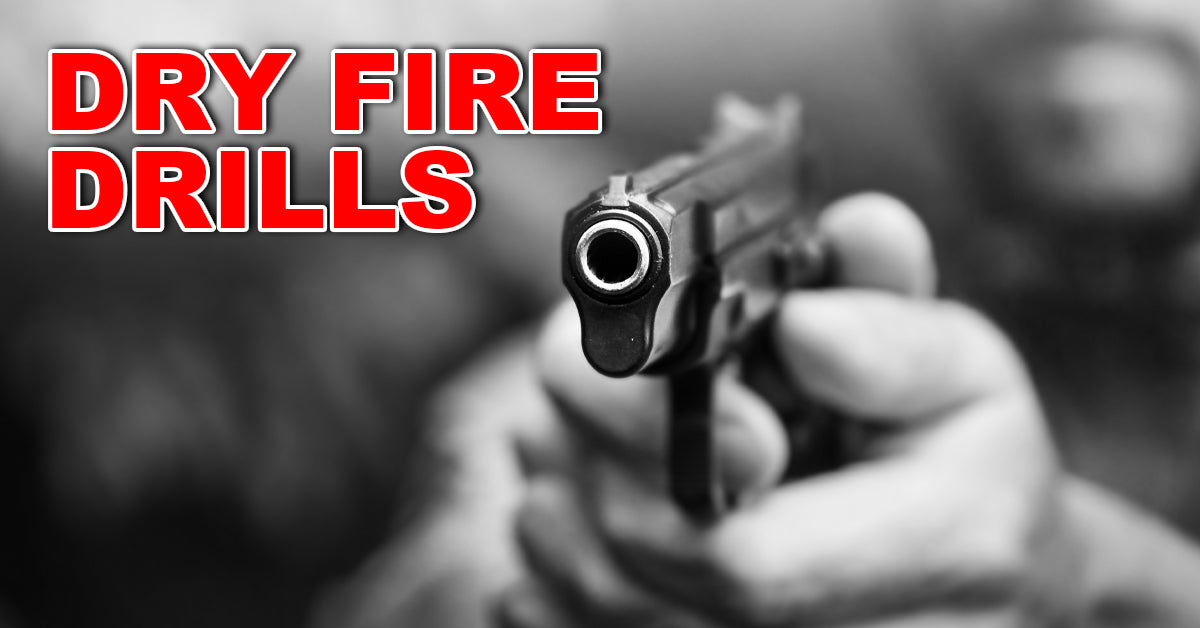
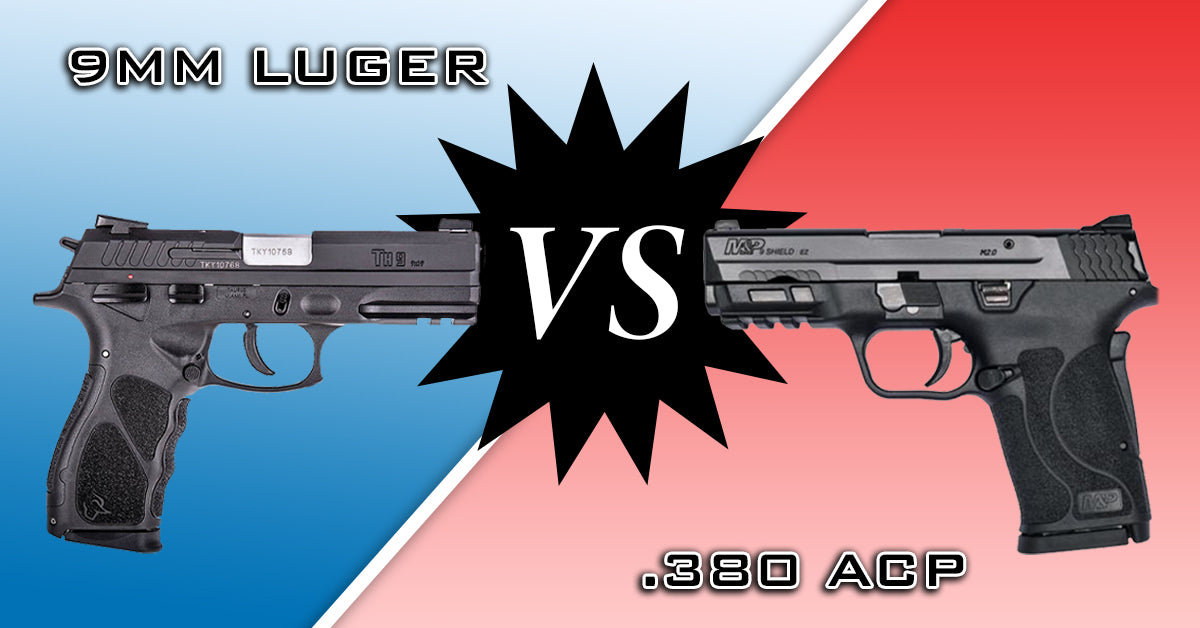
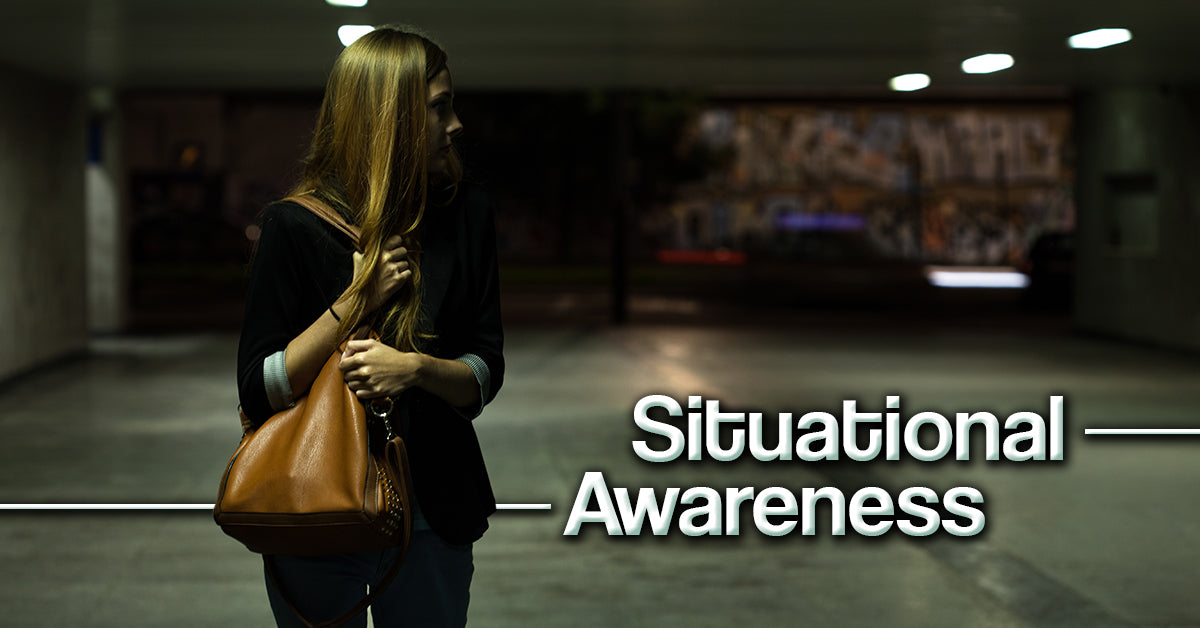
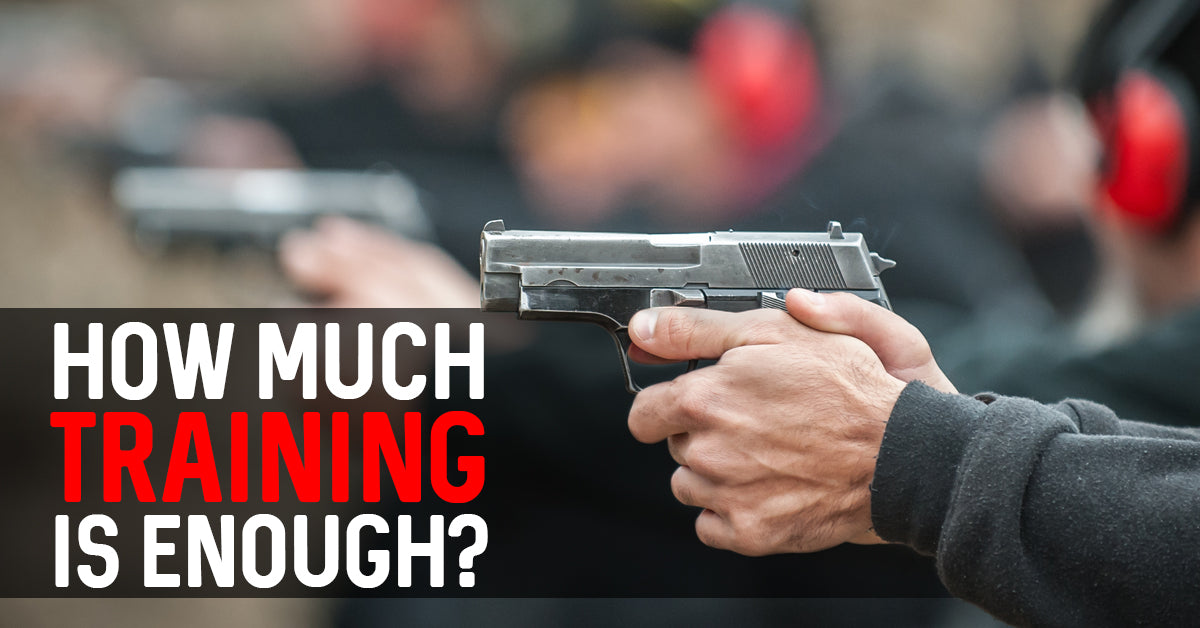
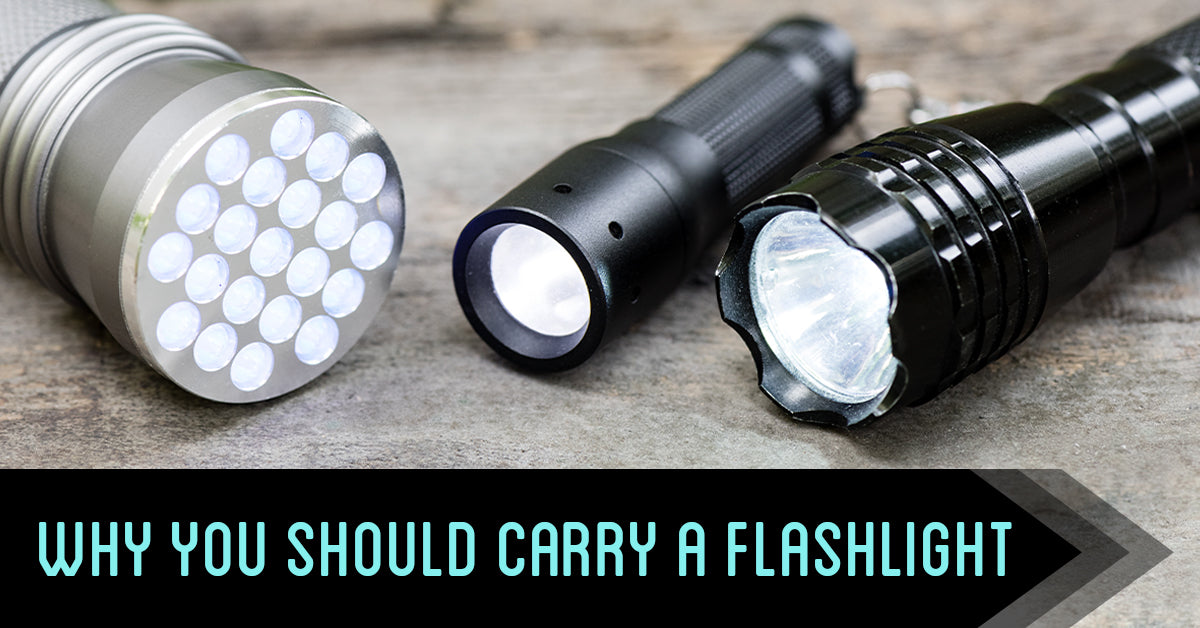
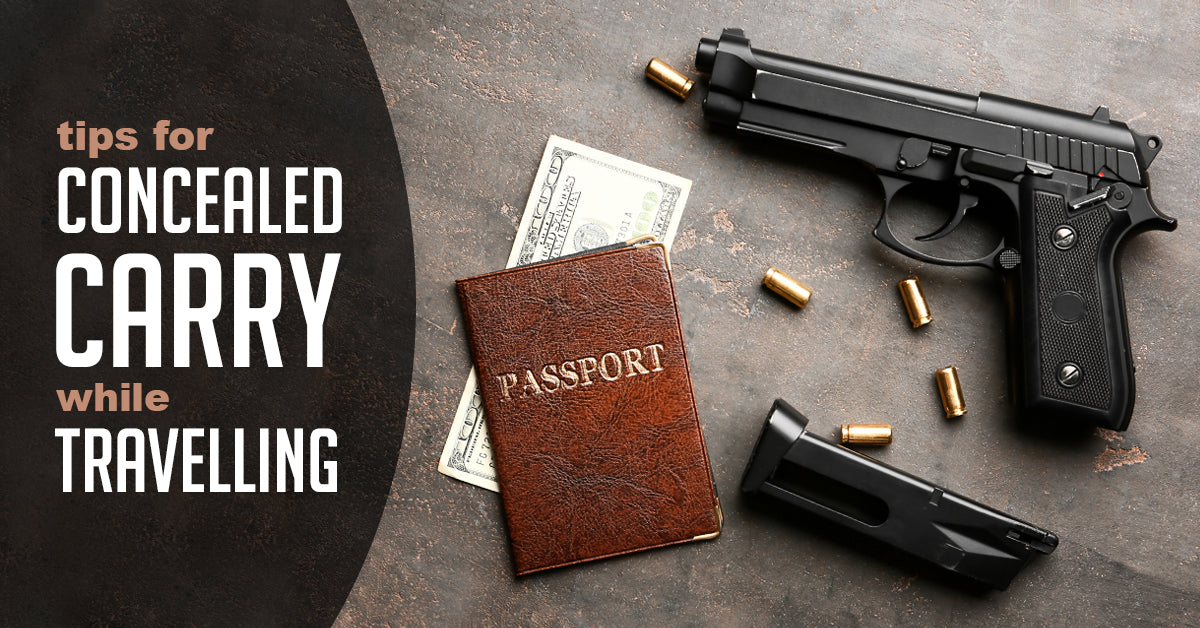
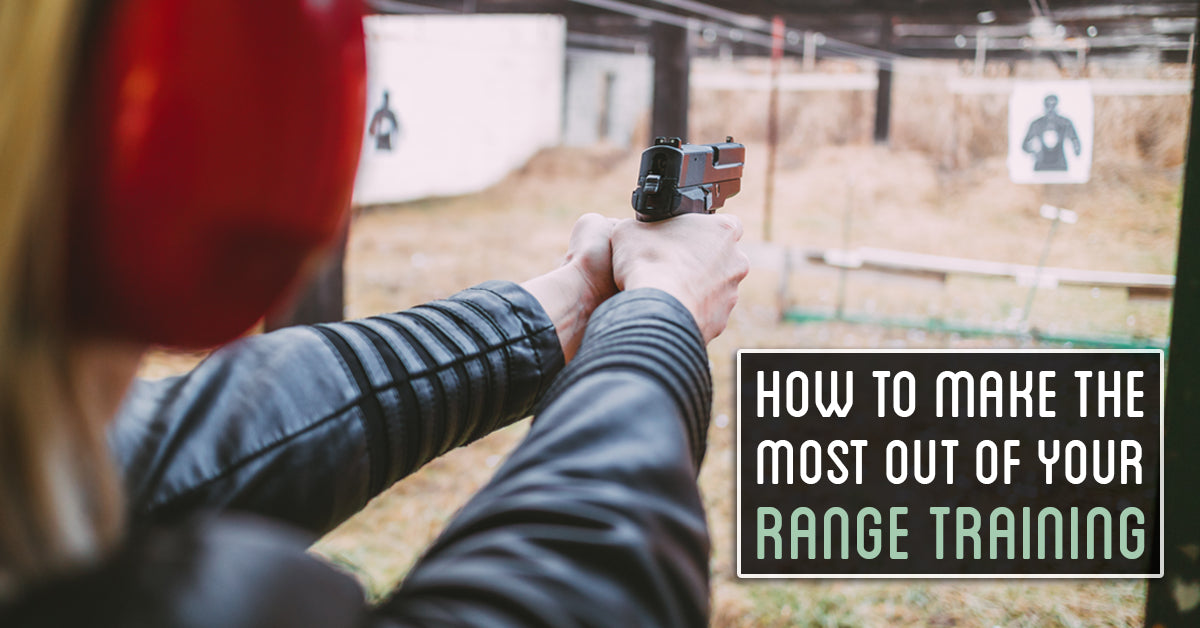
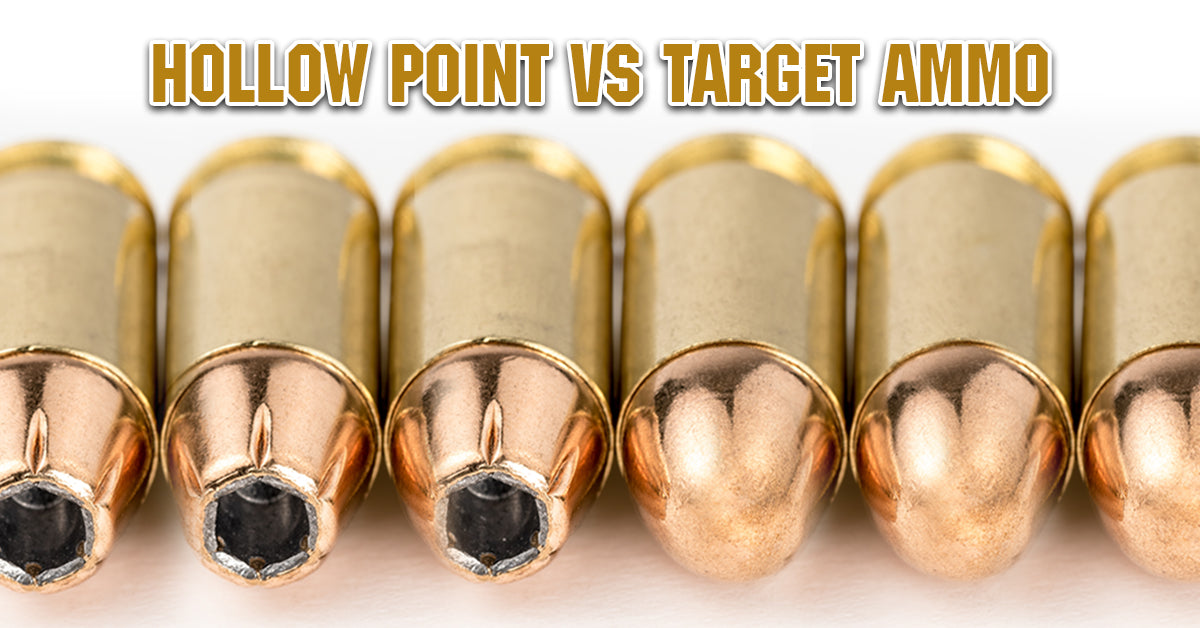
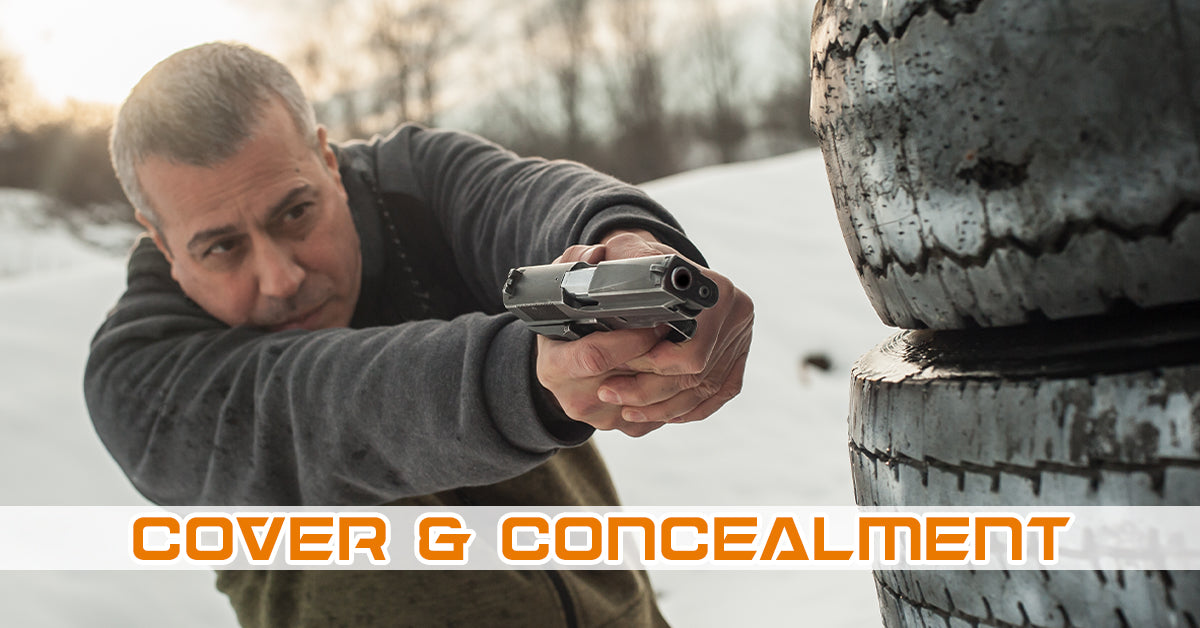
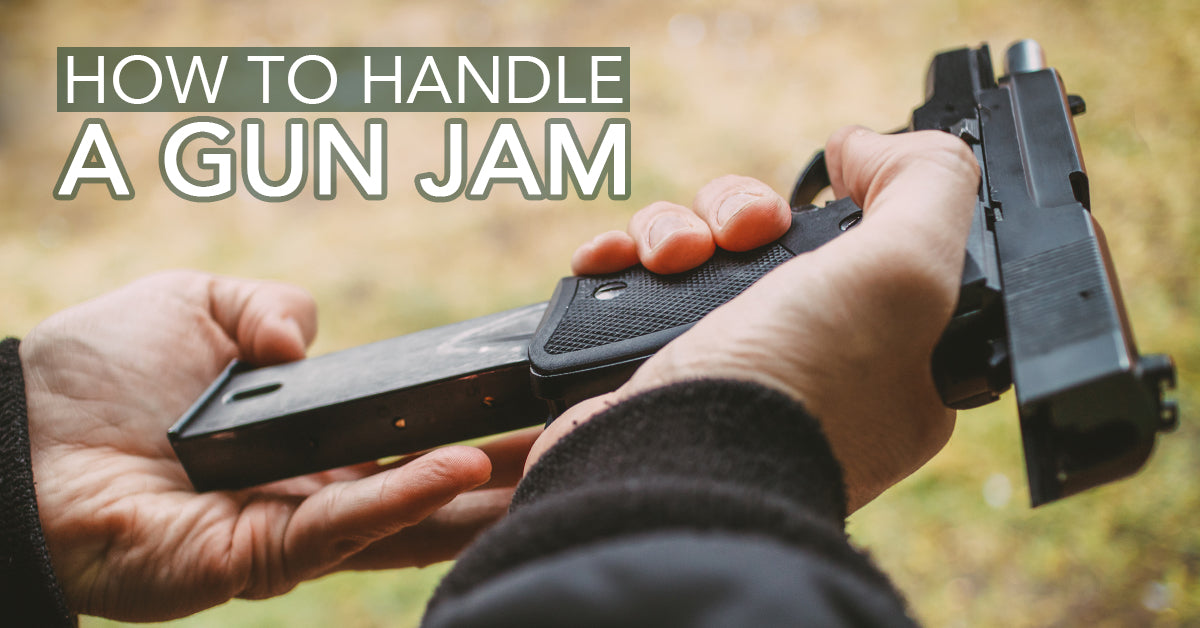
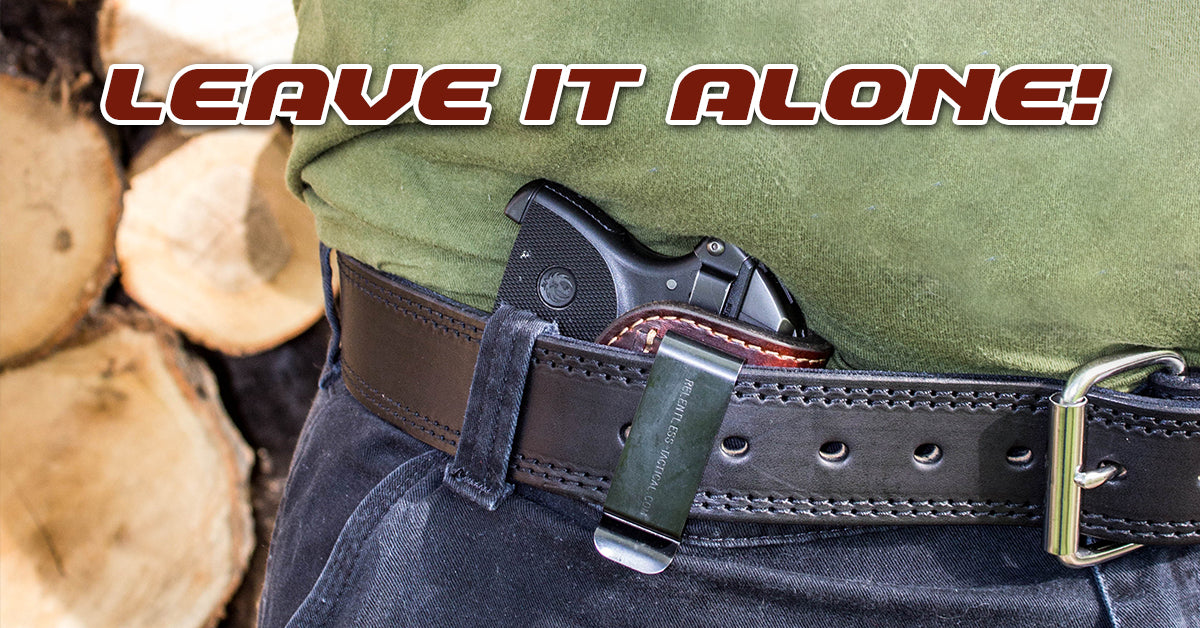
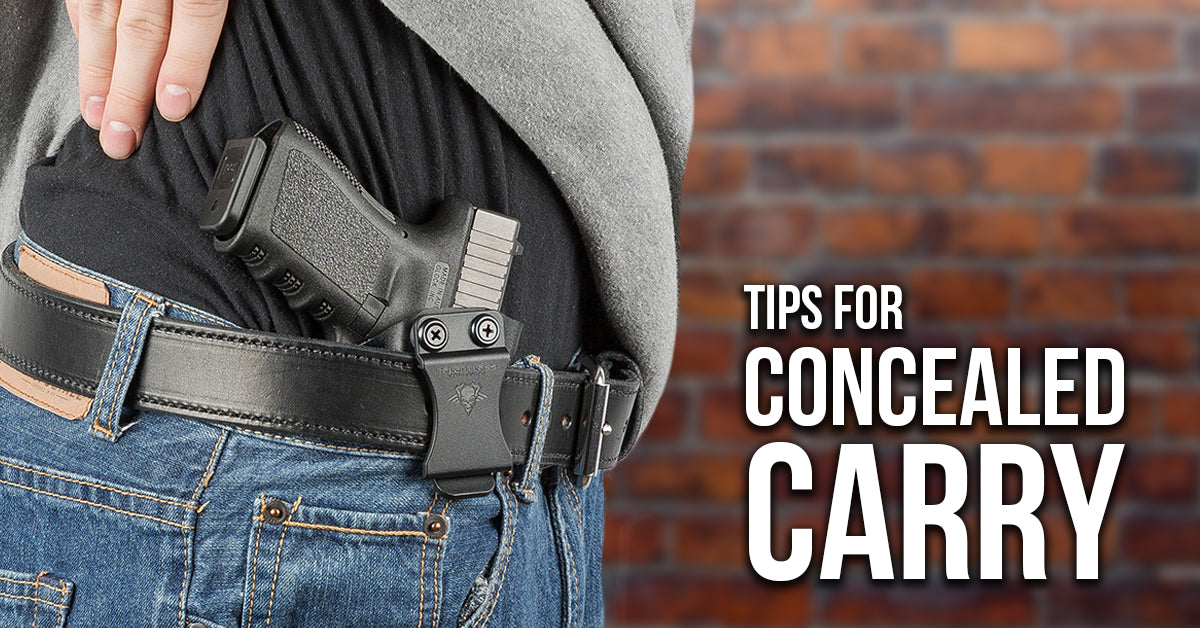
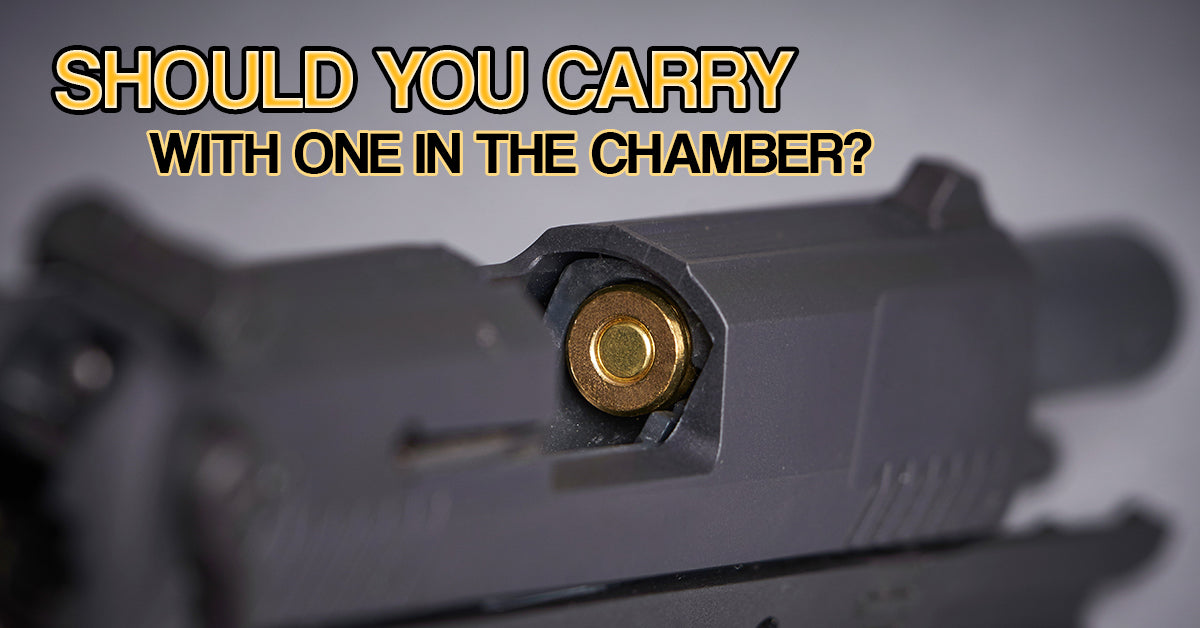

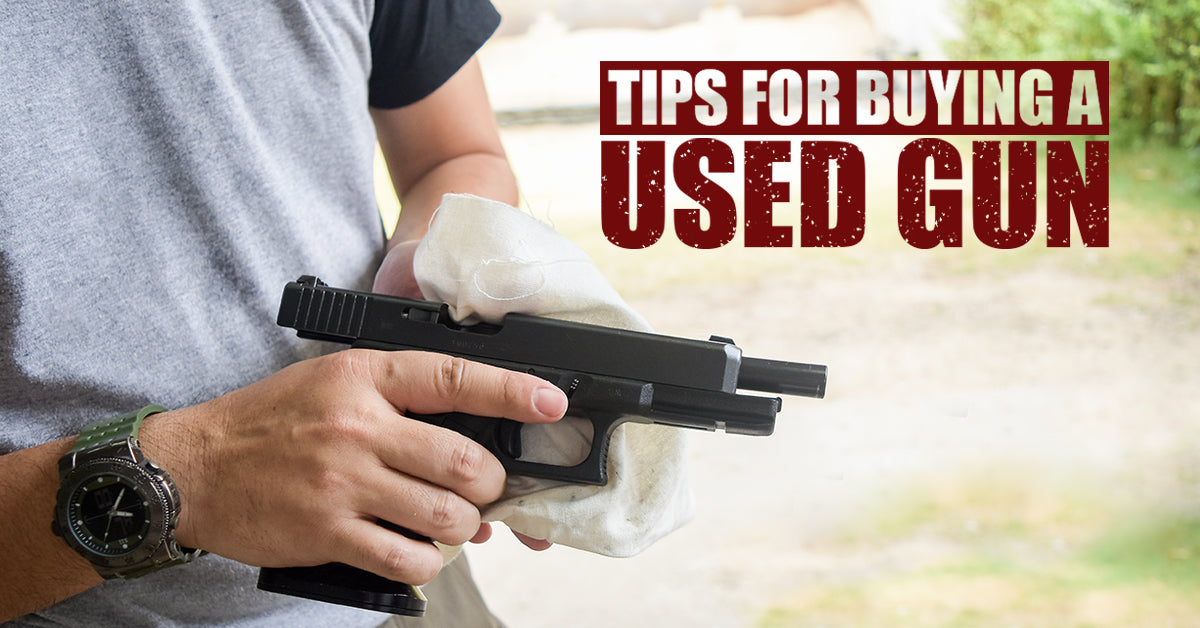
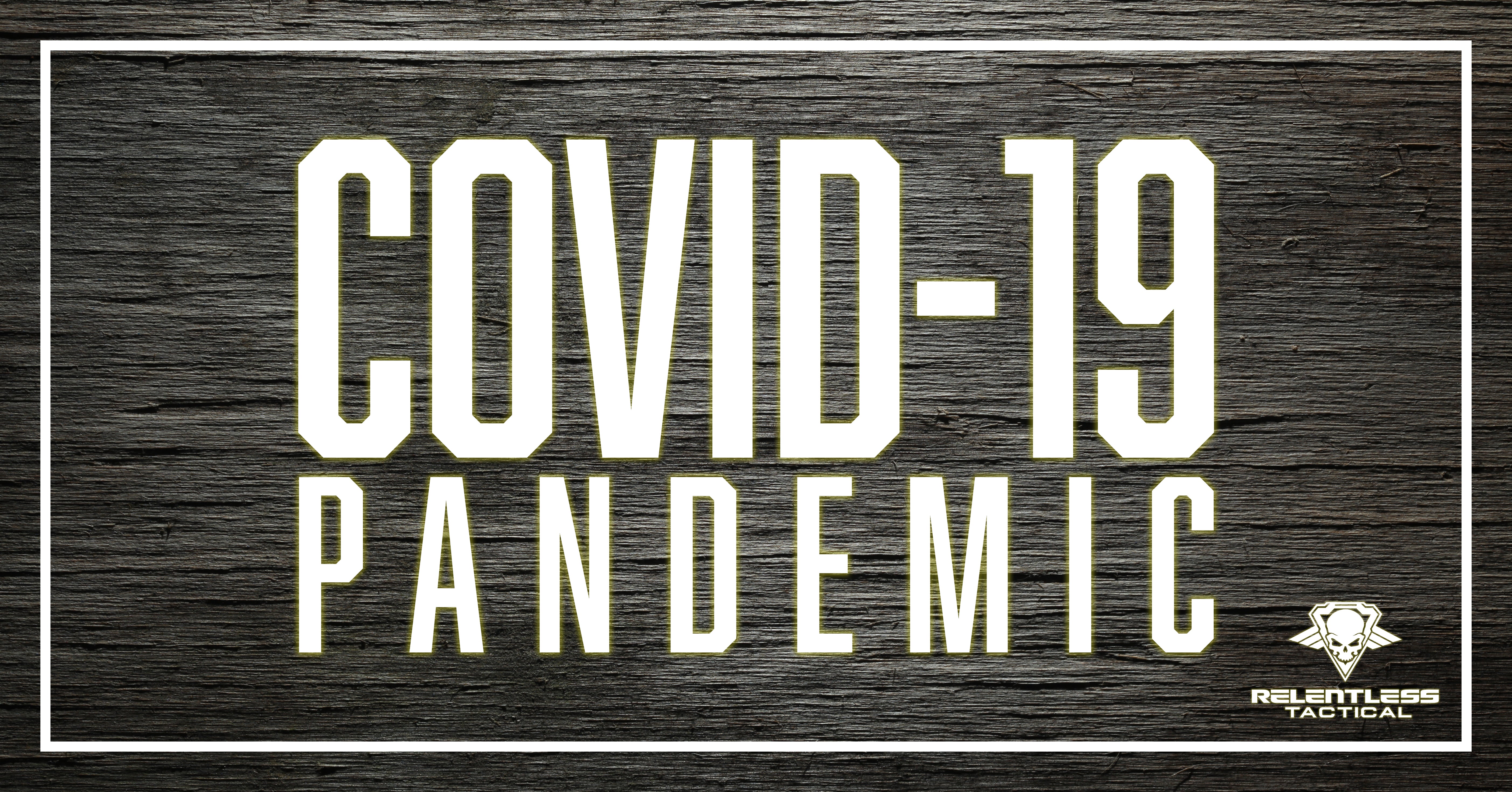
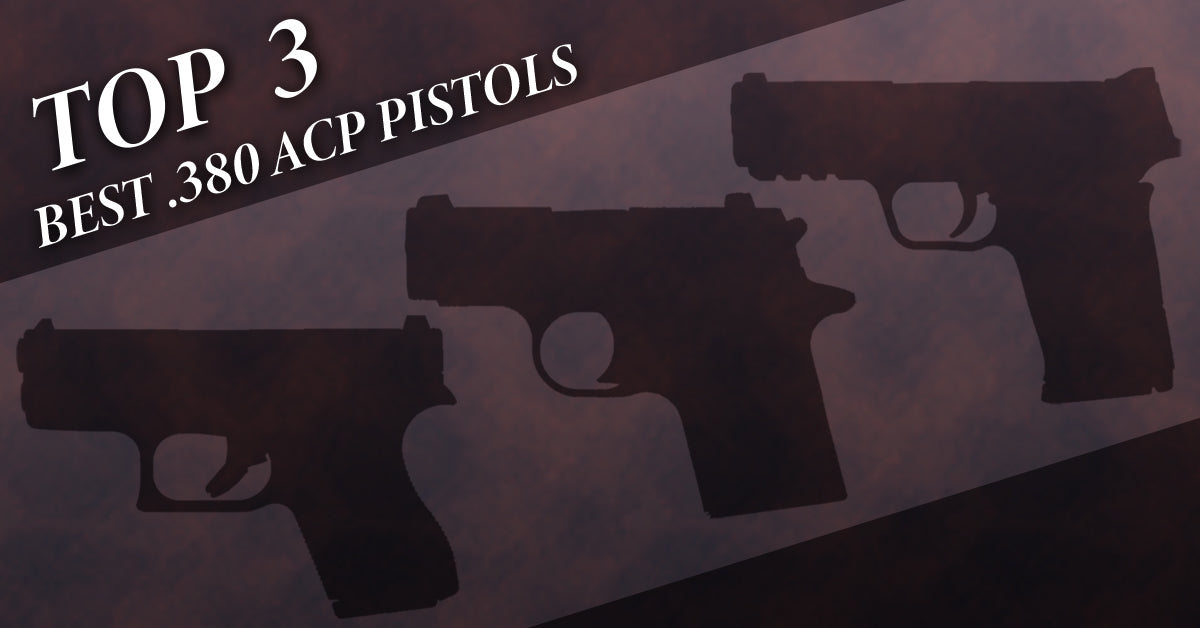
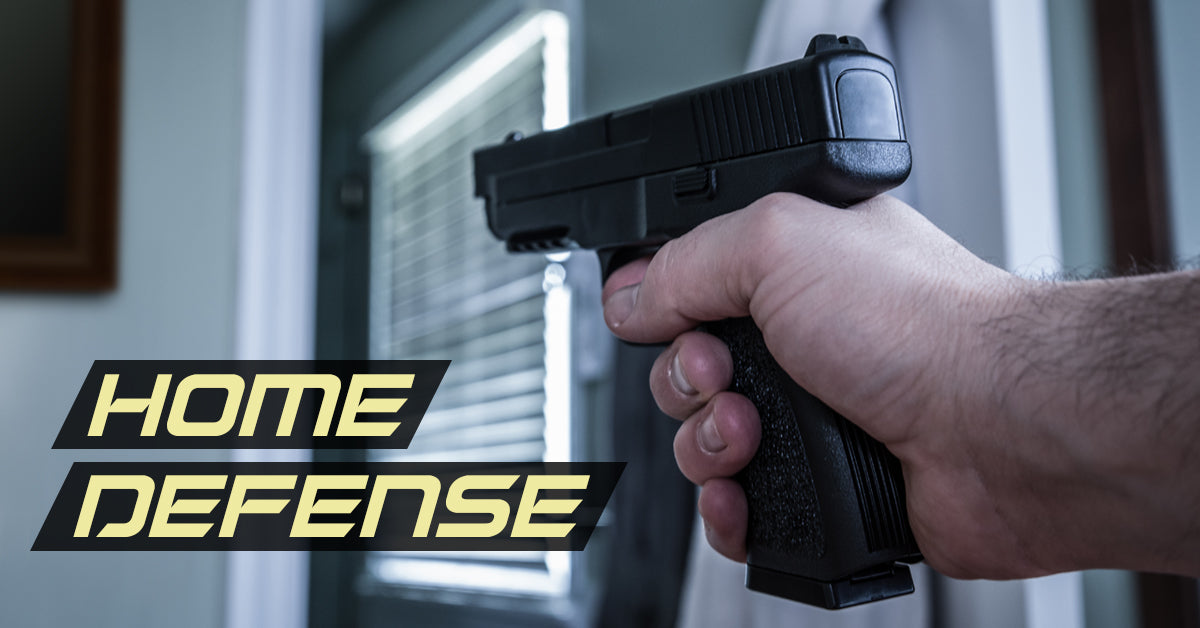
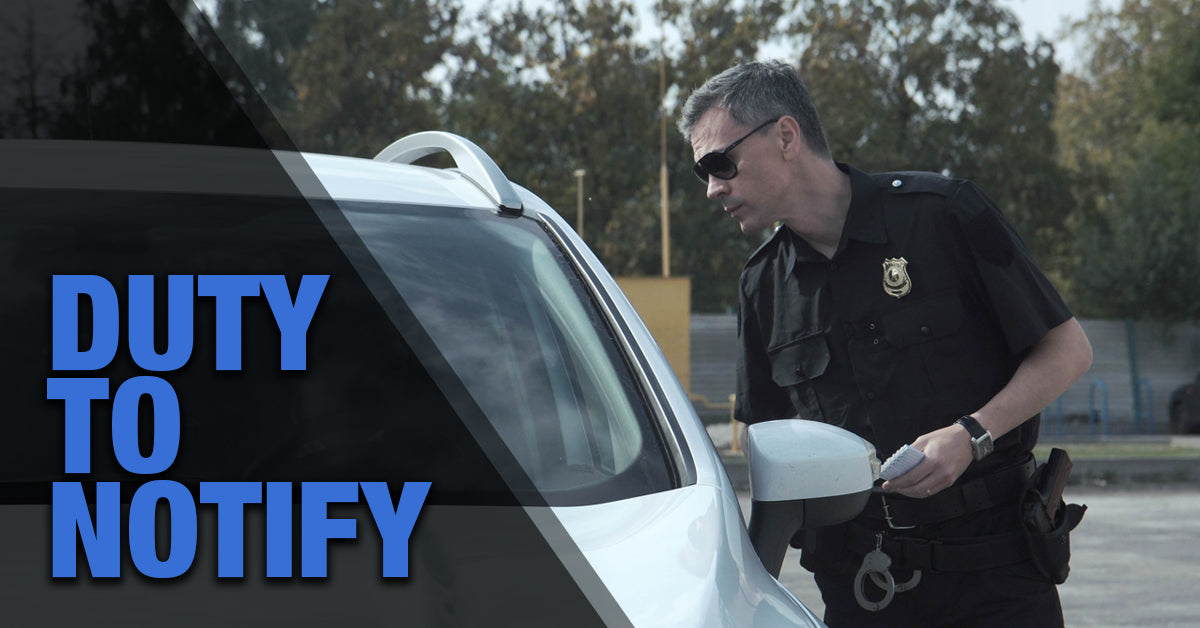
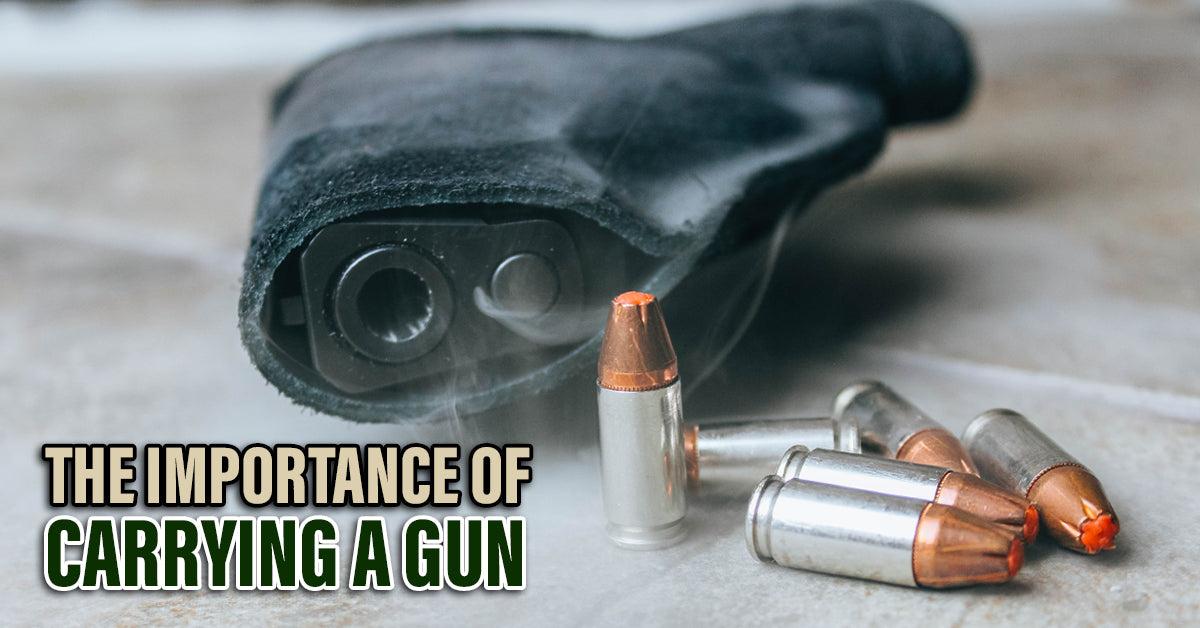
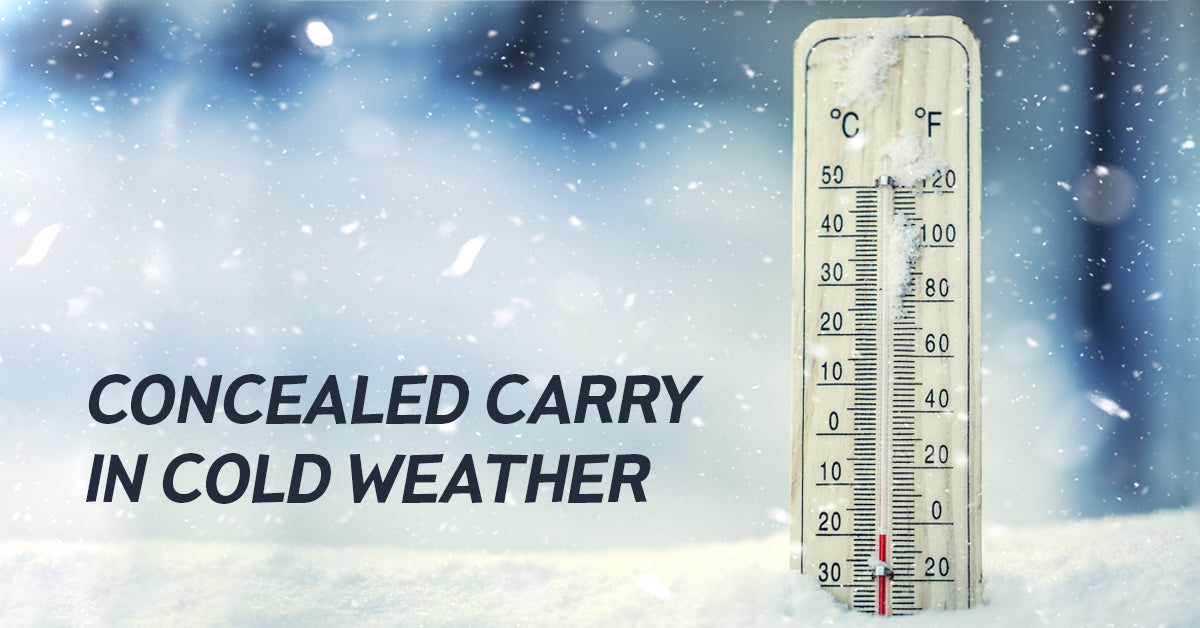
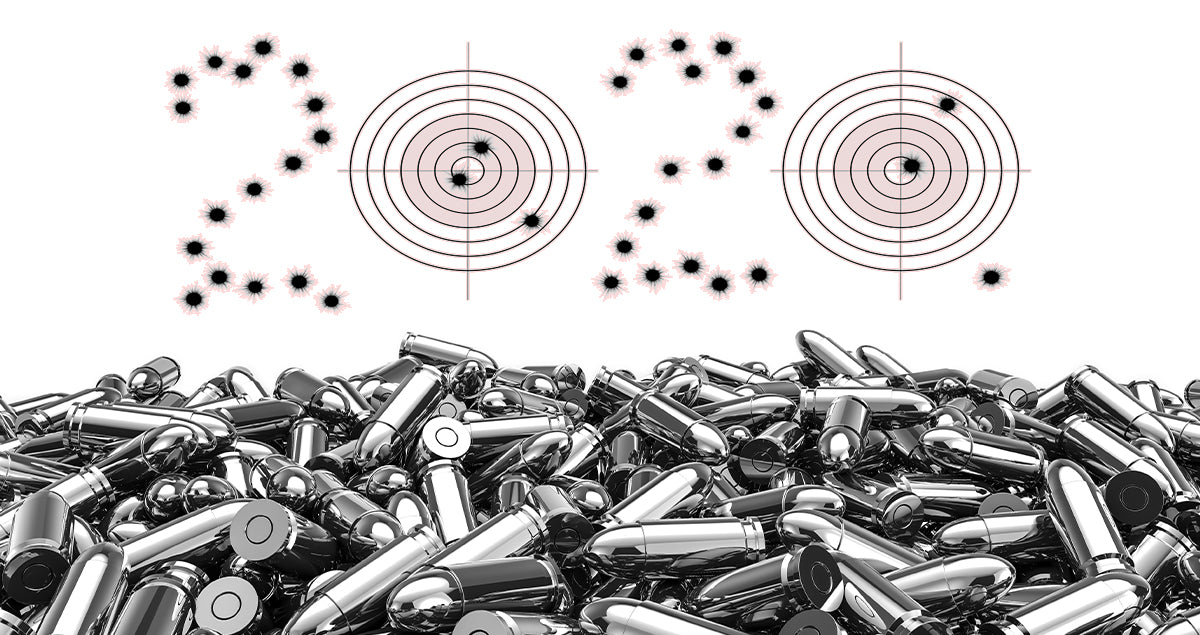
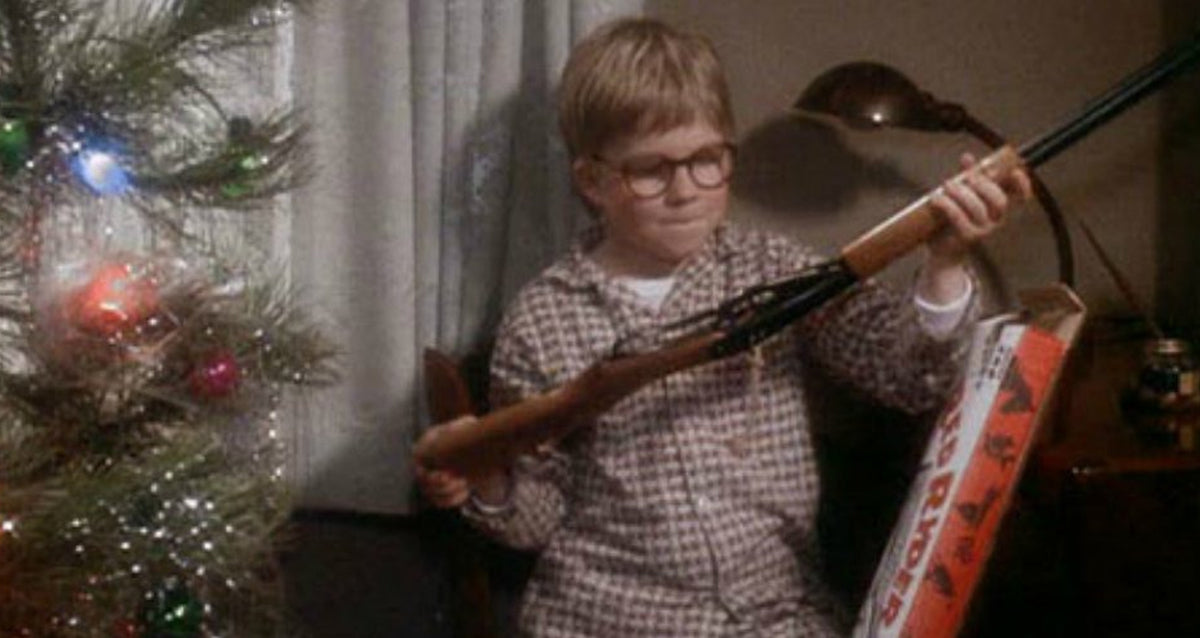
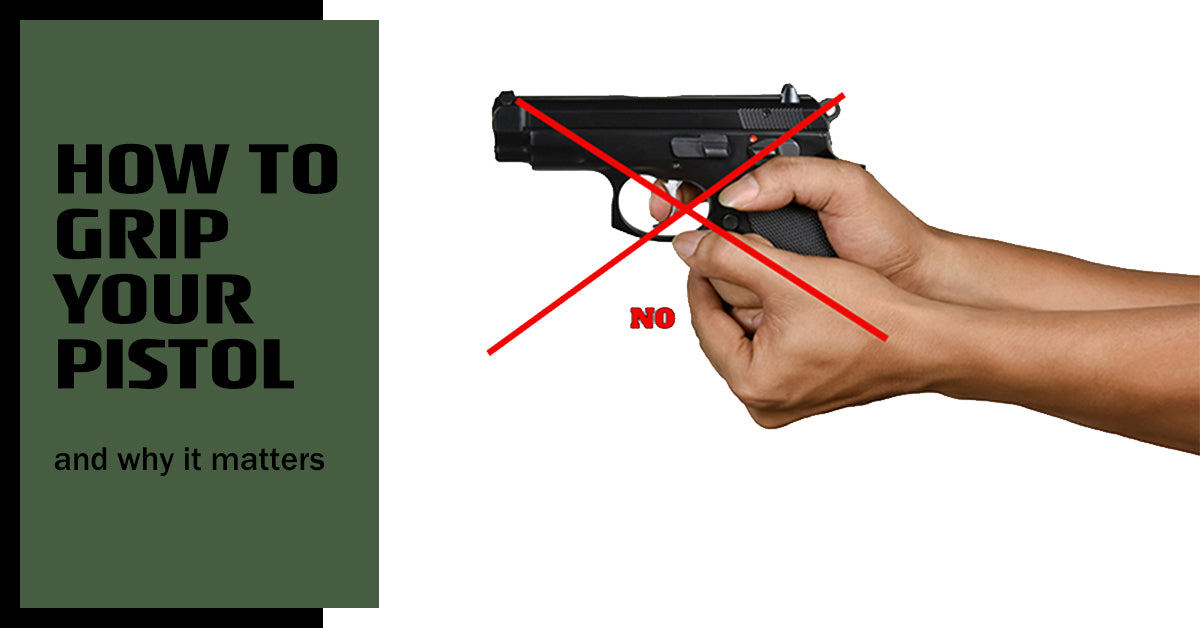
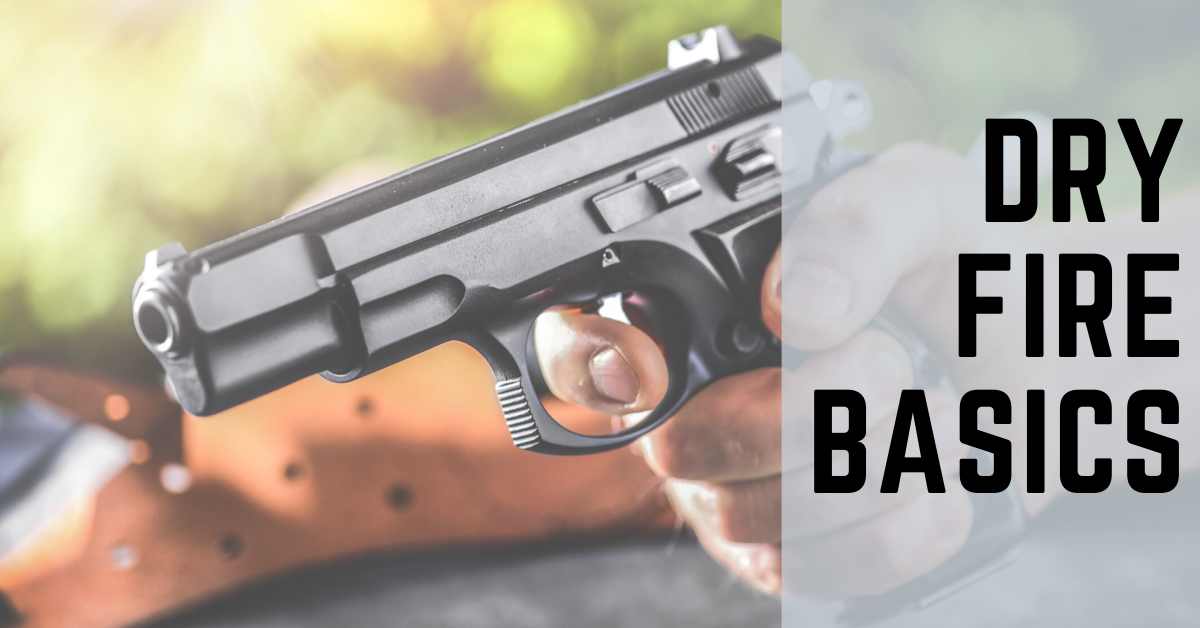
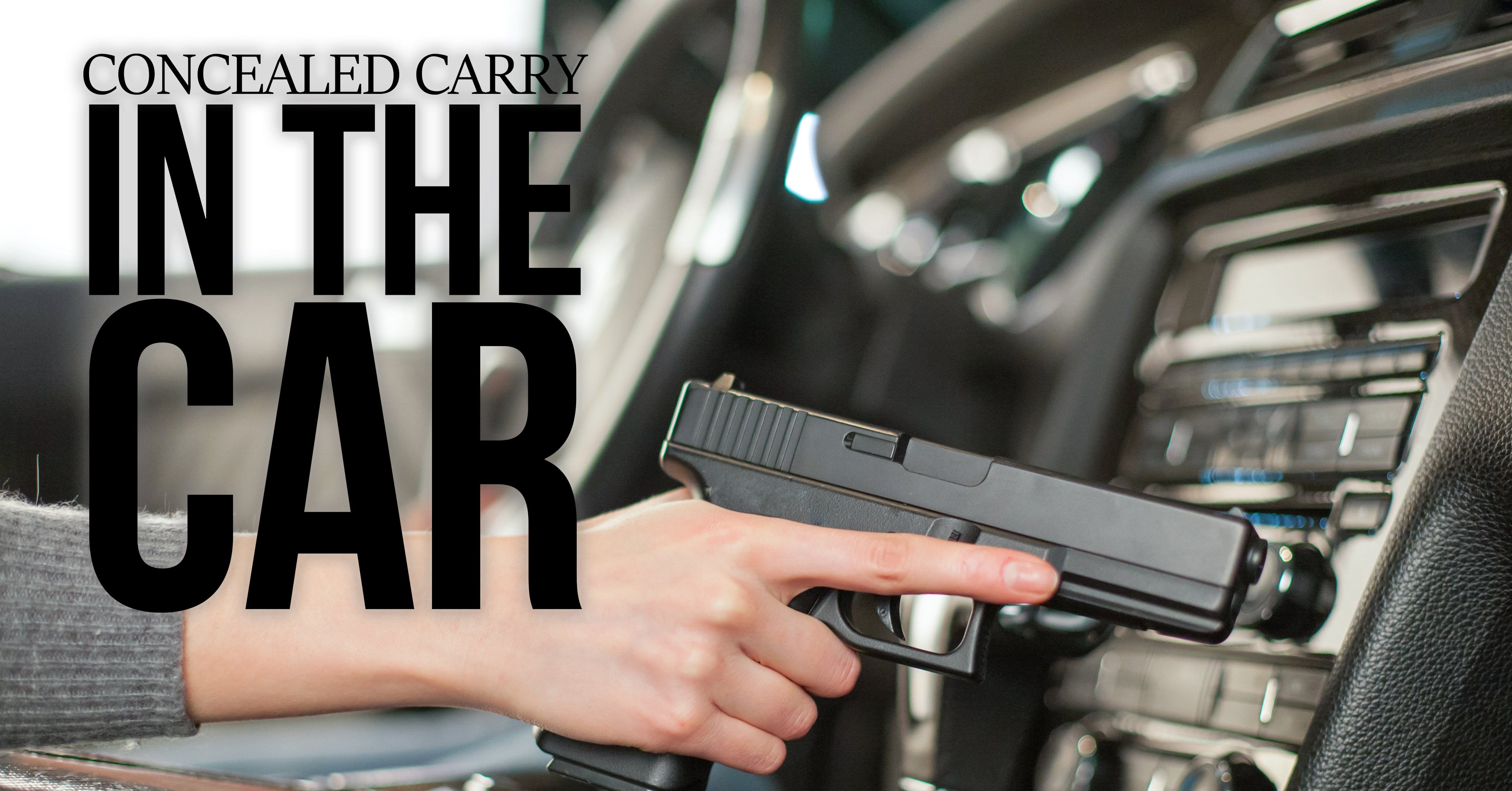
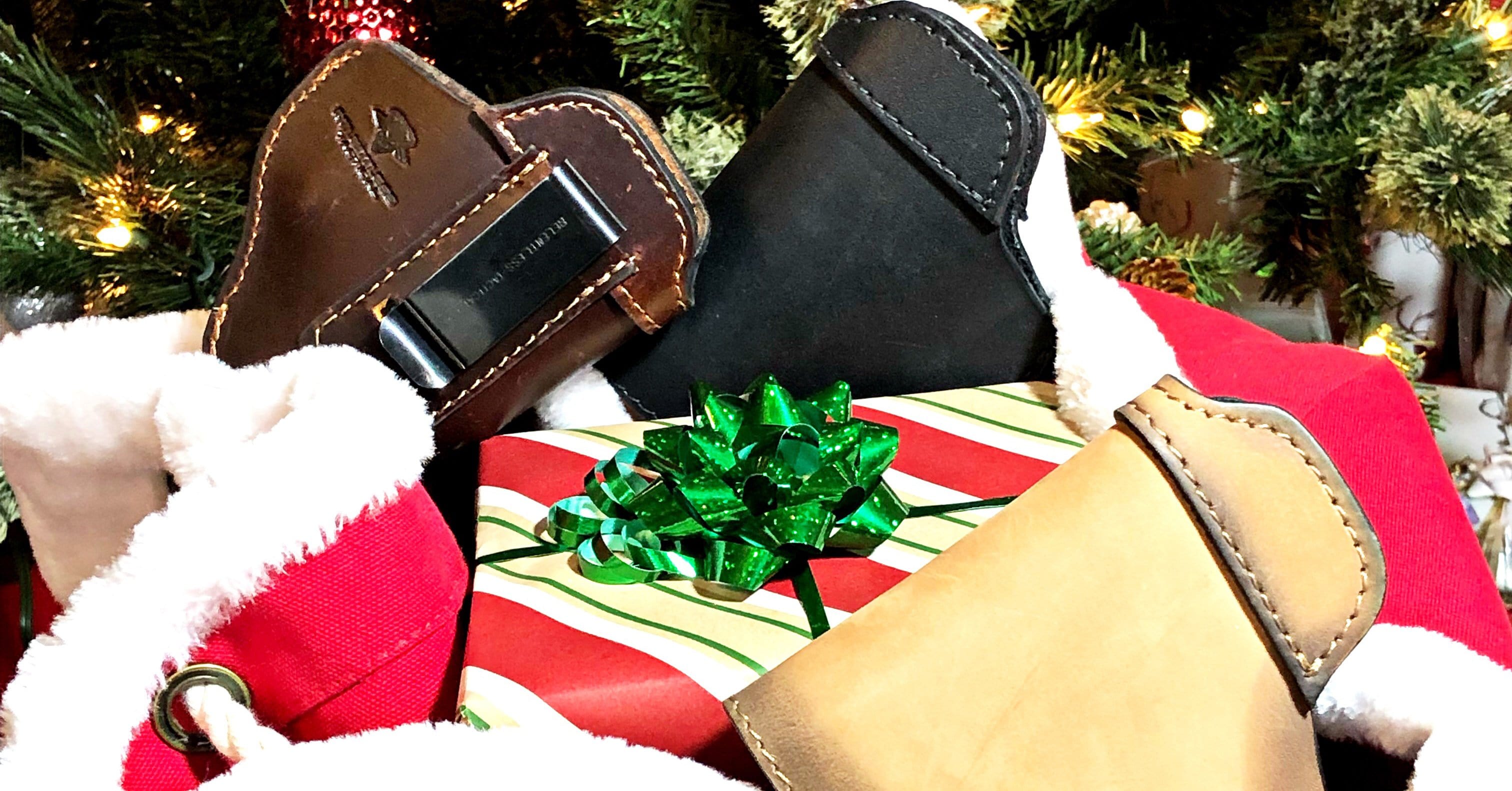
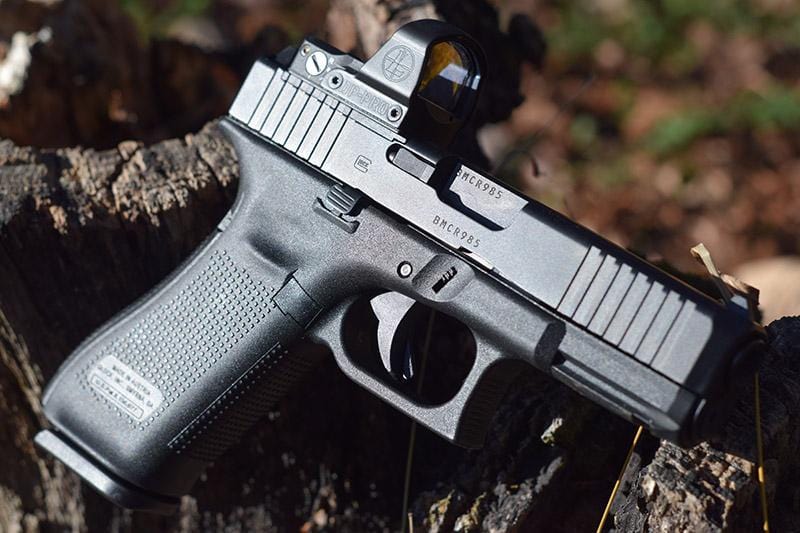

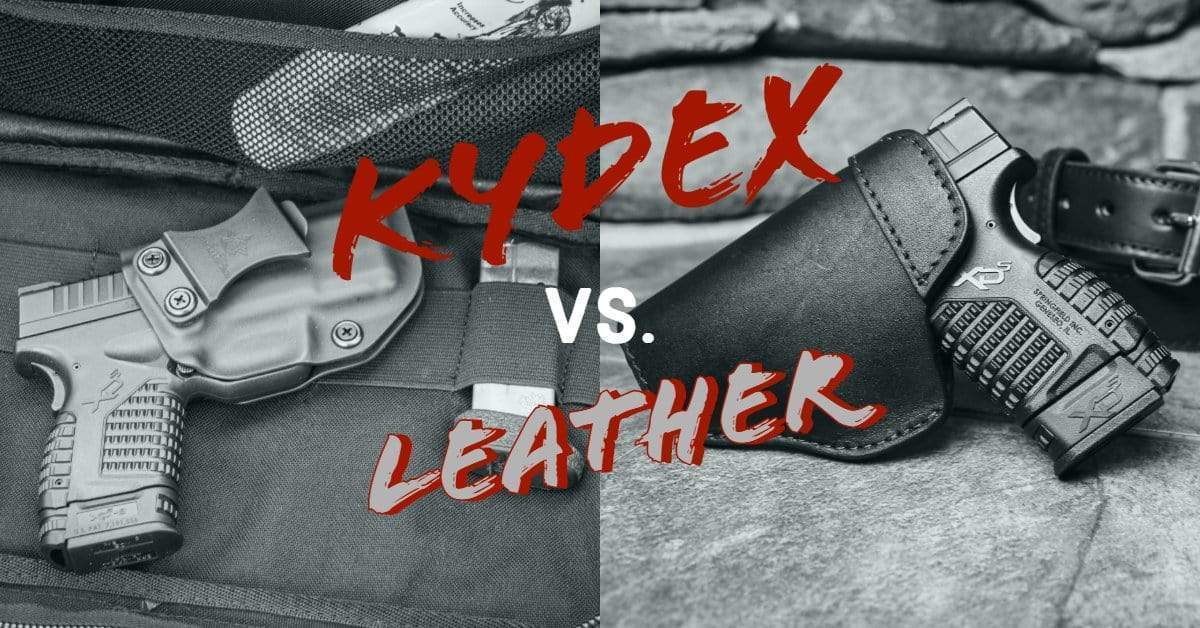
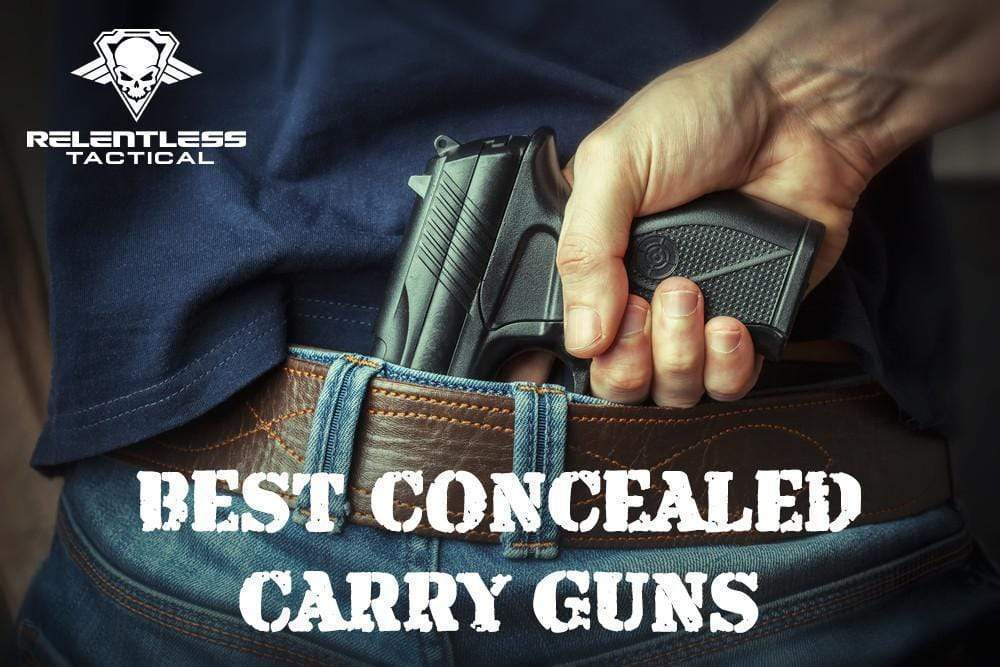
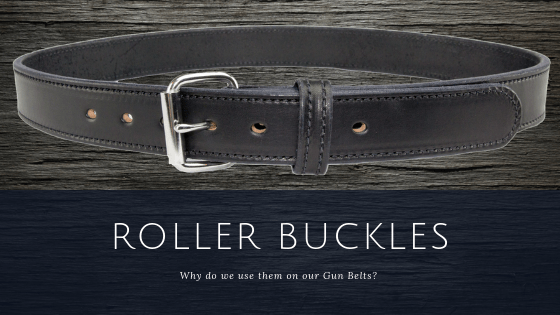
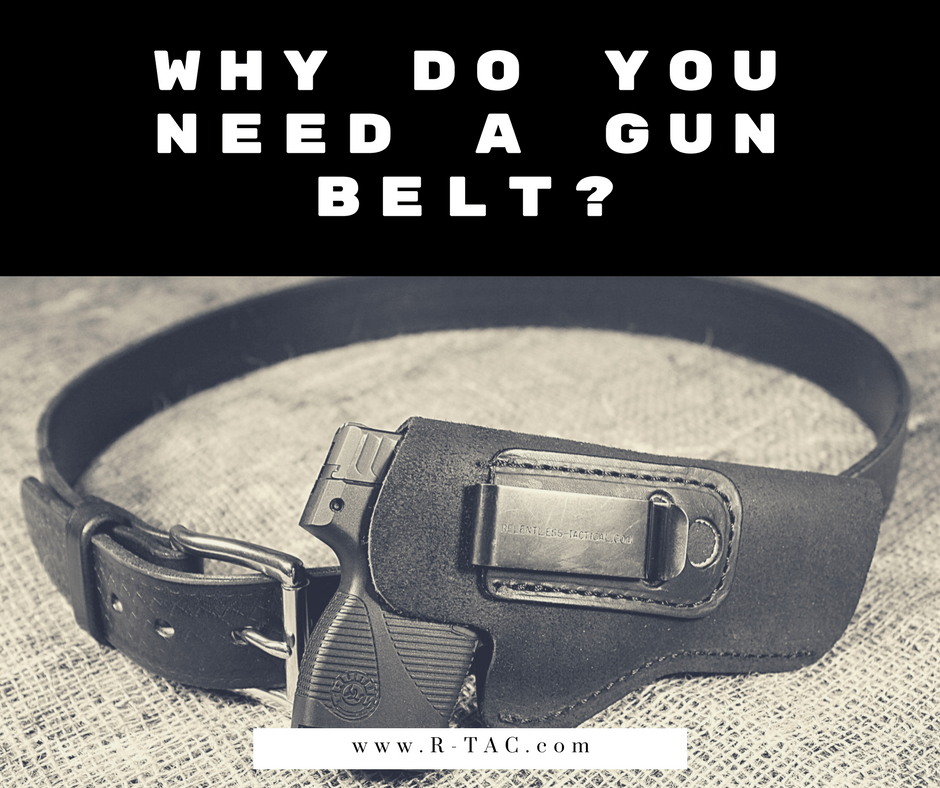
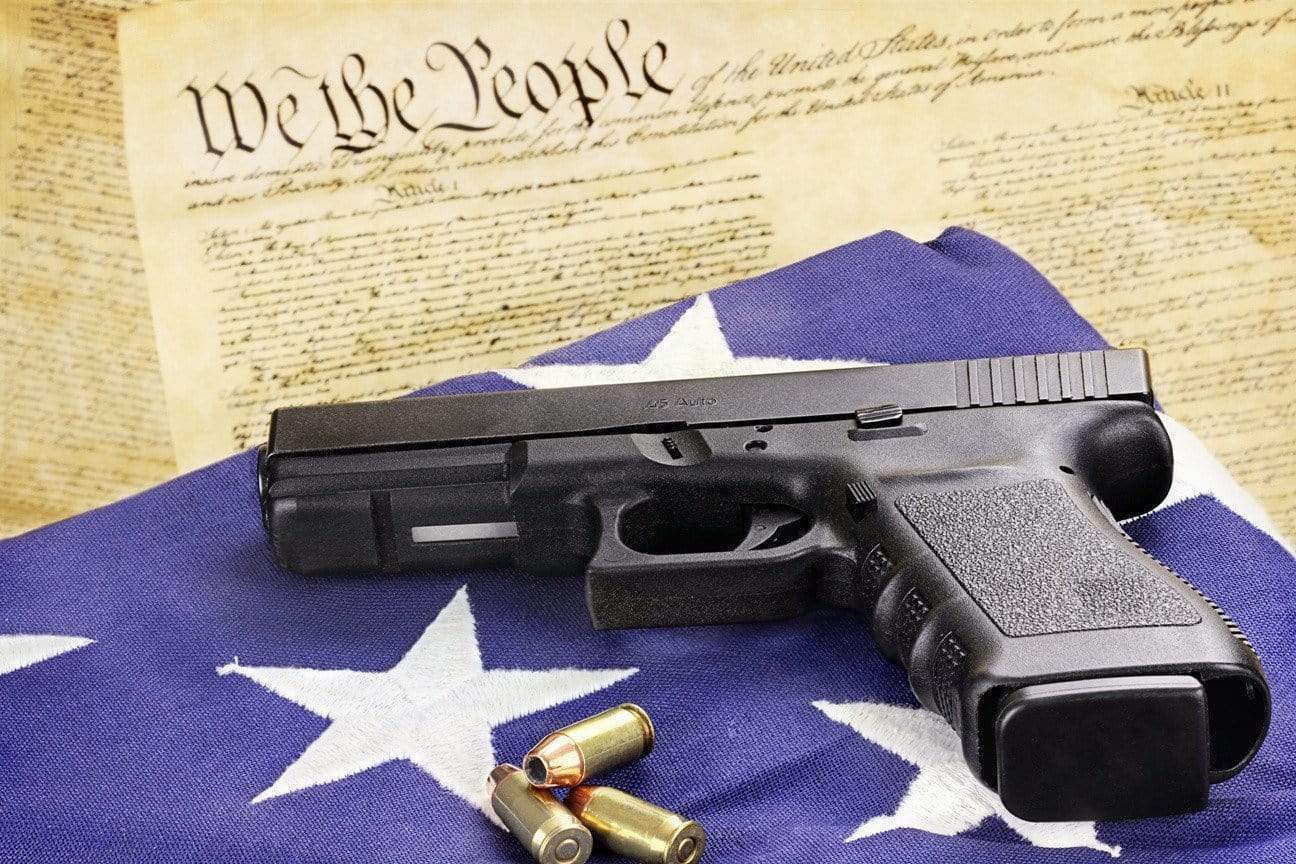
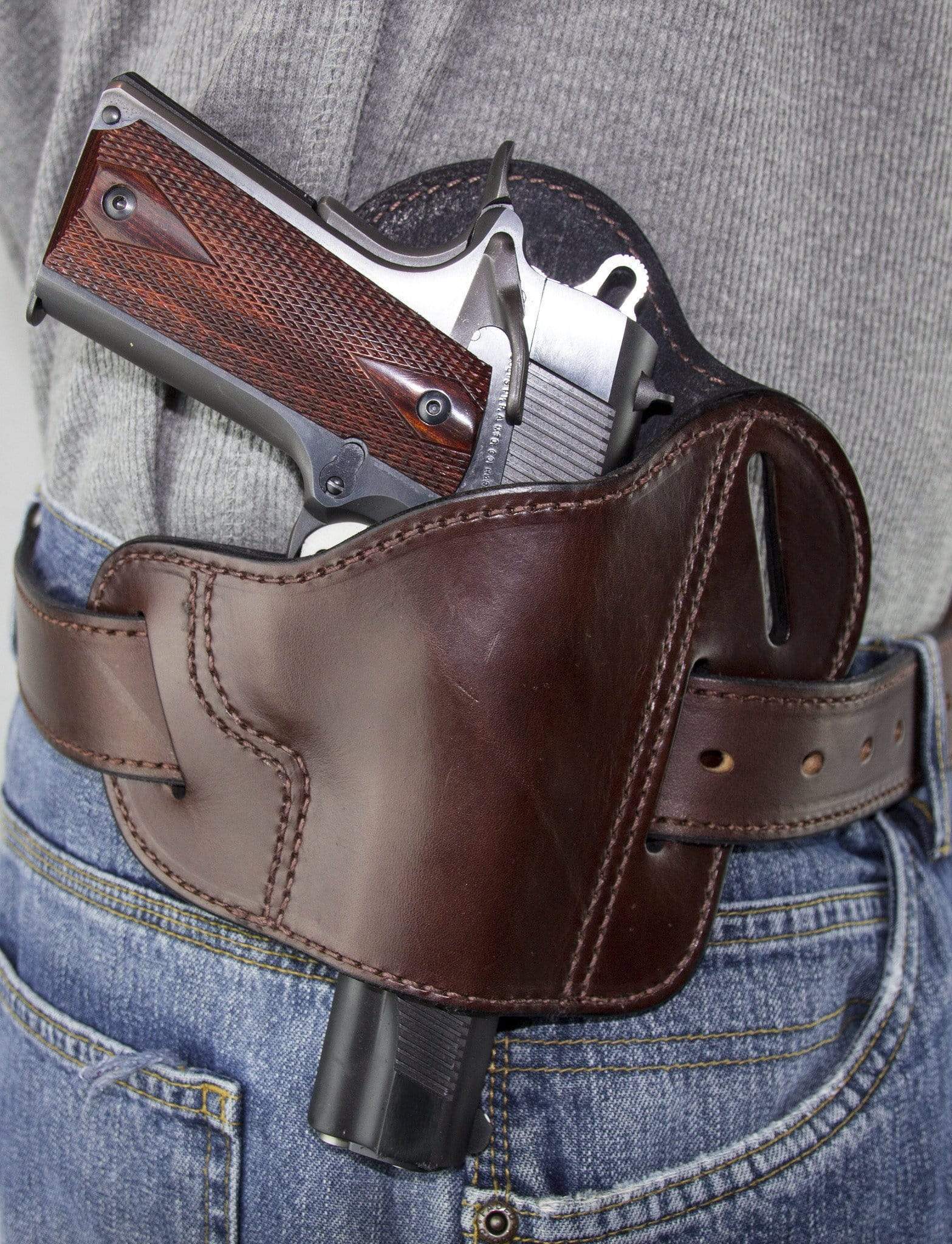

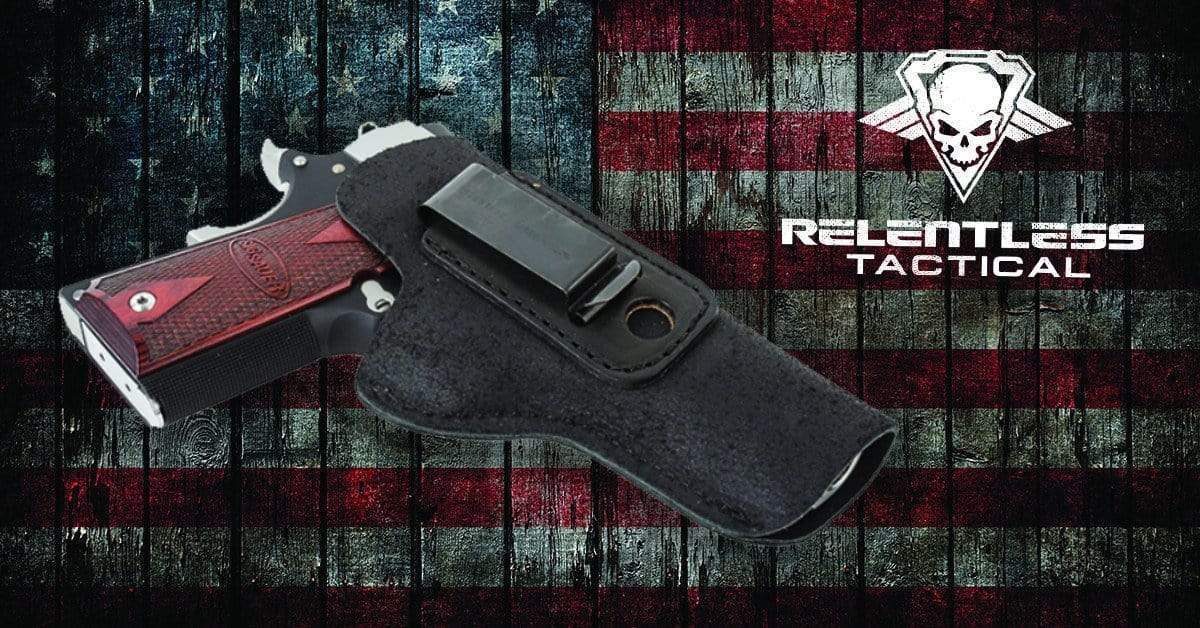
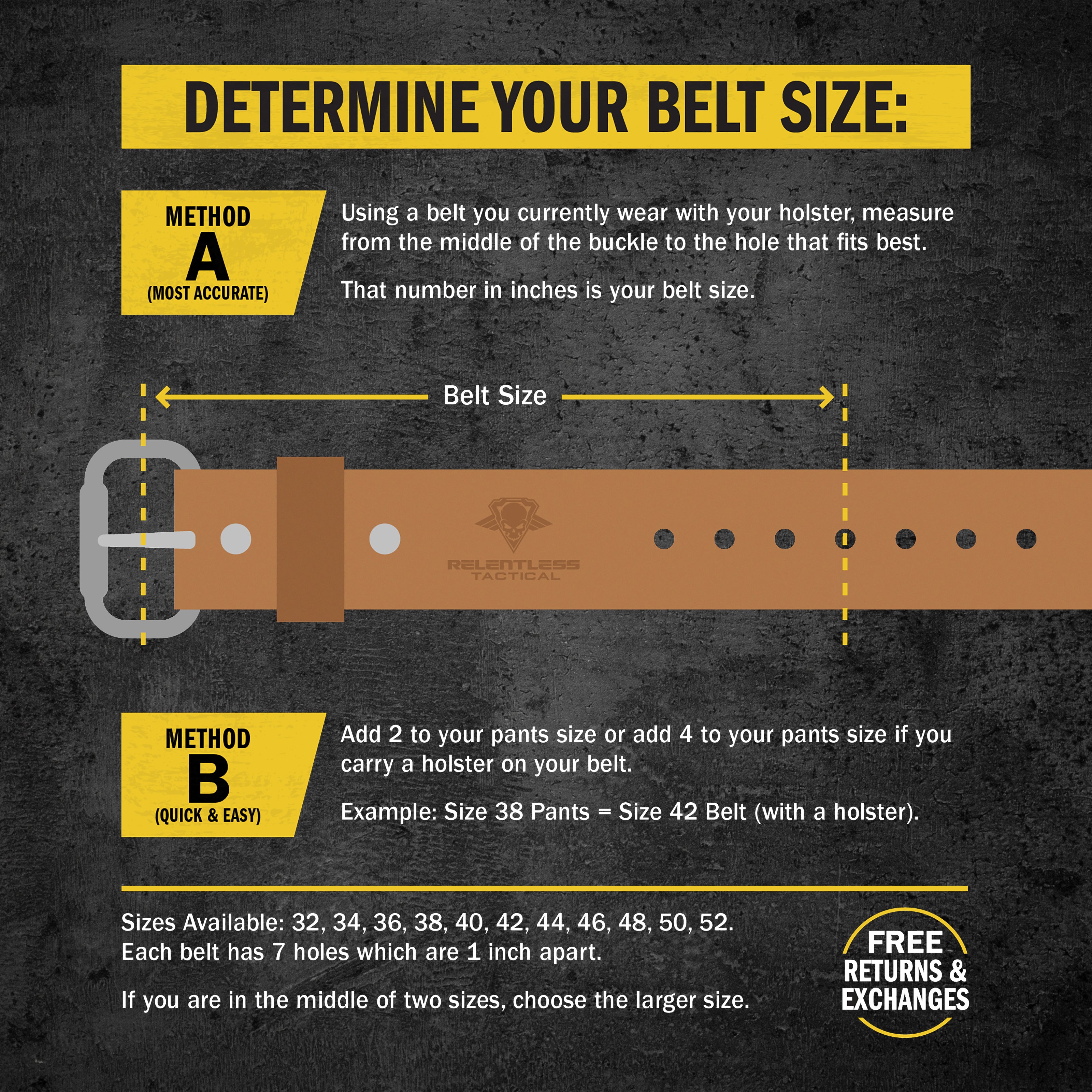
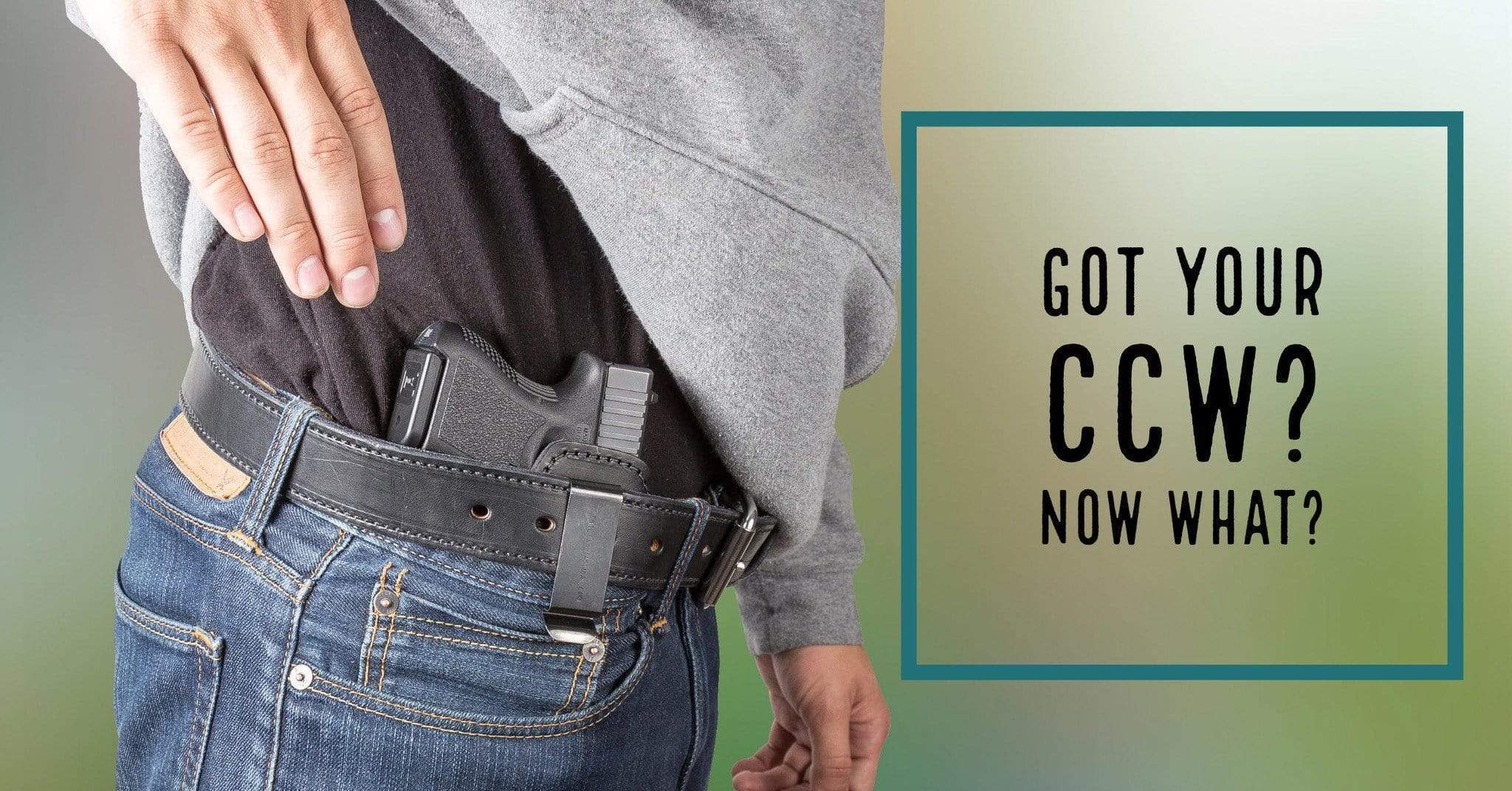
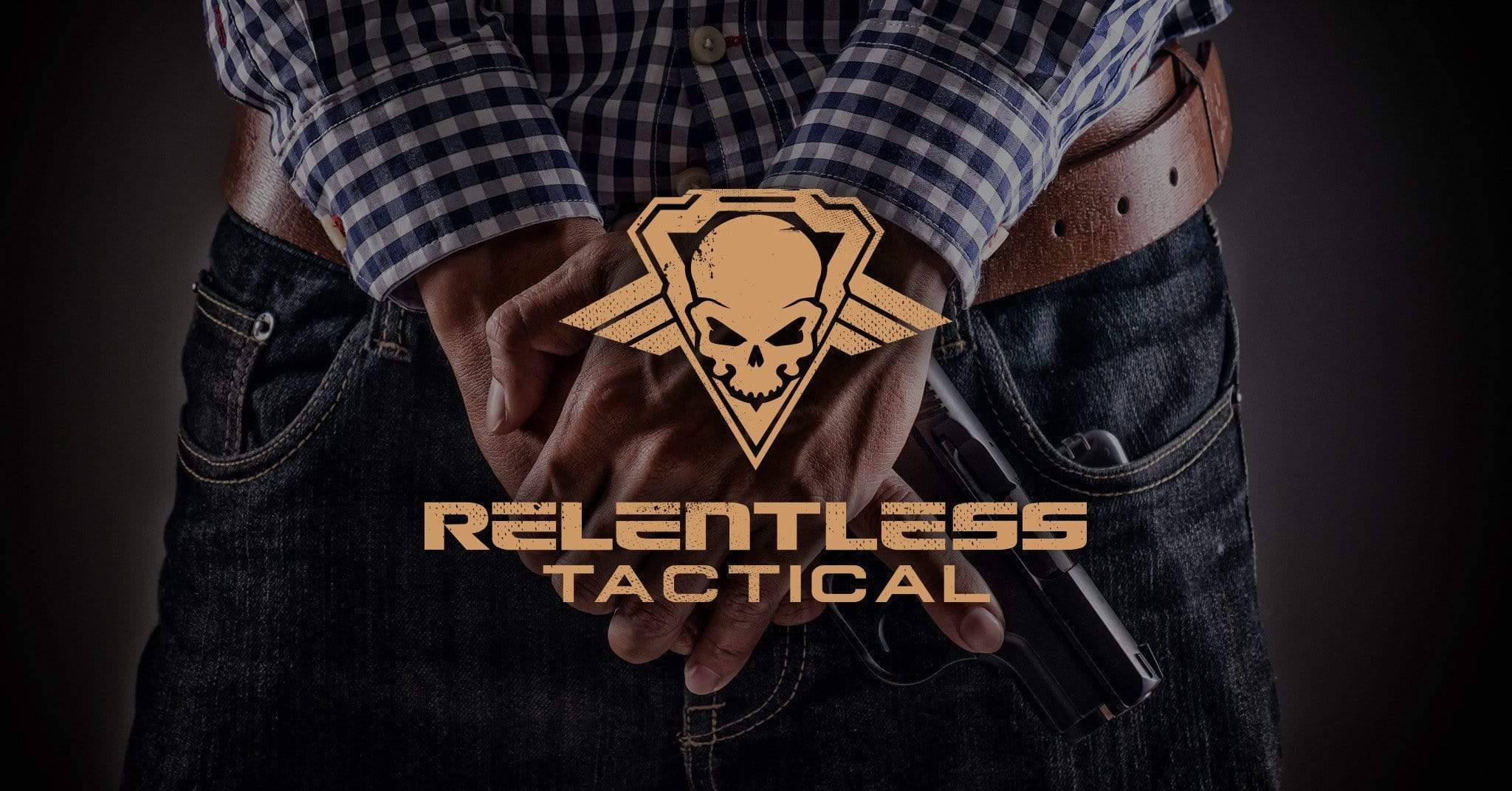
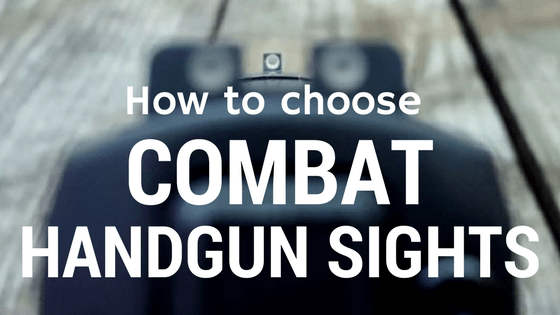
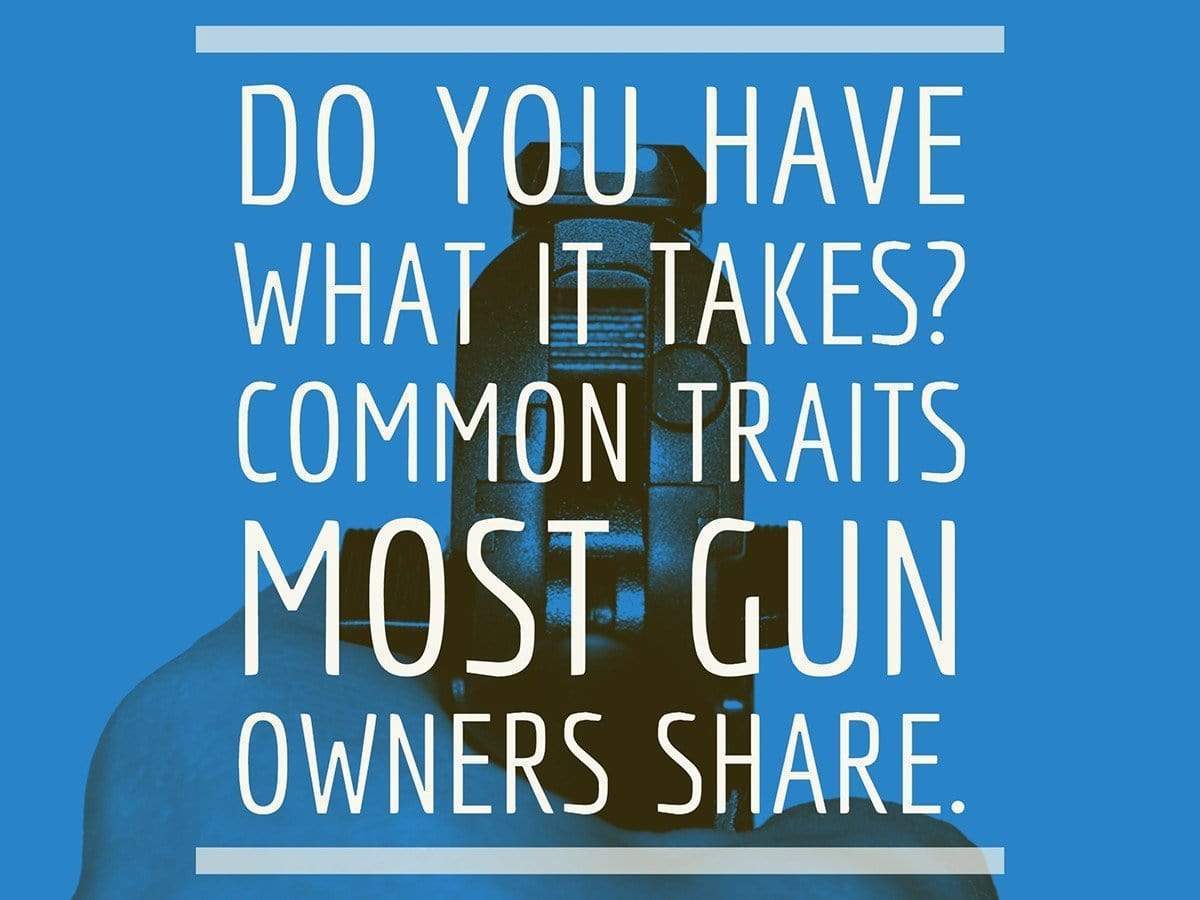
thanks for the shooting tips. I’M going to be trying them as so as possible.
I was a police officer and would work on clear a house drills. But I also work on drills on if a break in an clear my own home and tell them what to do or arm them self. I live with my father. On the range I work double taps and low barricade shooting like from a car and hand to hand fighting. I am a professional martial artest and I have a signed paper to train officers self defense weapons take aways ground fighting. This was in the 1980’s and 90’s and I still teach privately. So if you need help from a person like me let me know. You can never have enough training.
Sifu Benny Carter
I think that there should be some training concerning ccw. The person should know how to handle a firearm safely with a holster and show that you can shoot with reasonably well.
With that aside do you have the so called killer instinct to kill if necessary? Unless you have been in the milatry and made that decision you really don’t know until the time comes if ever.
Thanks, saved and will print what’s needed for wife & I next range date.
While I love my range, it is restrictive (no drawing from the holster, minimum 2 seconds between shots, no angle shooting) so I have to be creative in fighting off boredom. I use the ez2c dot torture target where the dots get progressively smaller. What you call the “failure to stop” drill we practiced twenty years ago in law enforcement in Florida when the bad guys began showing up in body armor. I did it once the first week I joined my rod & gun club here up north and got spanked pretty hard. With no angle shooting I can’t put up multiple targets so El Presidente is out. Until I buy some land of my own most tactical shooting drills are out for me but I urge anyone and everyone that can safely do so to perform drills such as those mentioned in this blog as often as possible. Note: Even with our restrictive rules last week I helped patch twelve holes in our six station outdoor pistol range roof. Thankfully it’s a wooden roof.